Decorating with plants has evolved into a sophisticated design discipline that transforms living spaces into vibrant, health-promoting environments. Contemporary interior design embraces plants not merely as decorative afterthoughts, but as essential elements that define spaces, create natural room divisions, and establish wellness-focused atmospheres. From biophilic design principles to sculptural statement pieces, plants offer endless possibilities for creating personalized sanctuaries. Understanding how to integrate greenery effectively involves considering light conditions, spatial relationships, and the architectural qualities of different plant varieties. This comprehensive approach ensures that your plant decorating choices enhance both the aesthetic appeal and functional aspects of your home.
1. Living Room Plant Divider Systems for Decorating With Plants
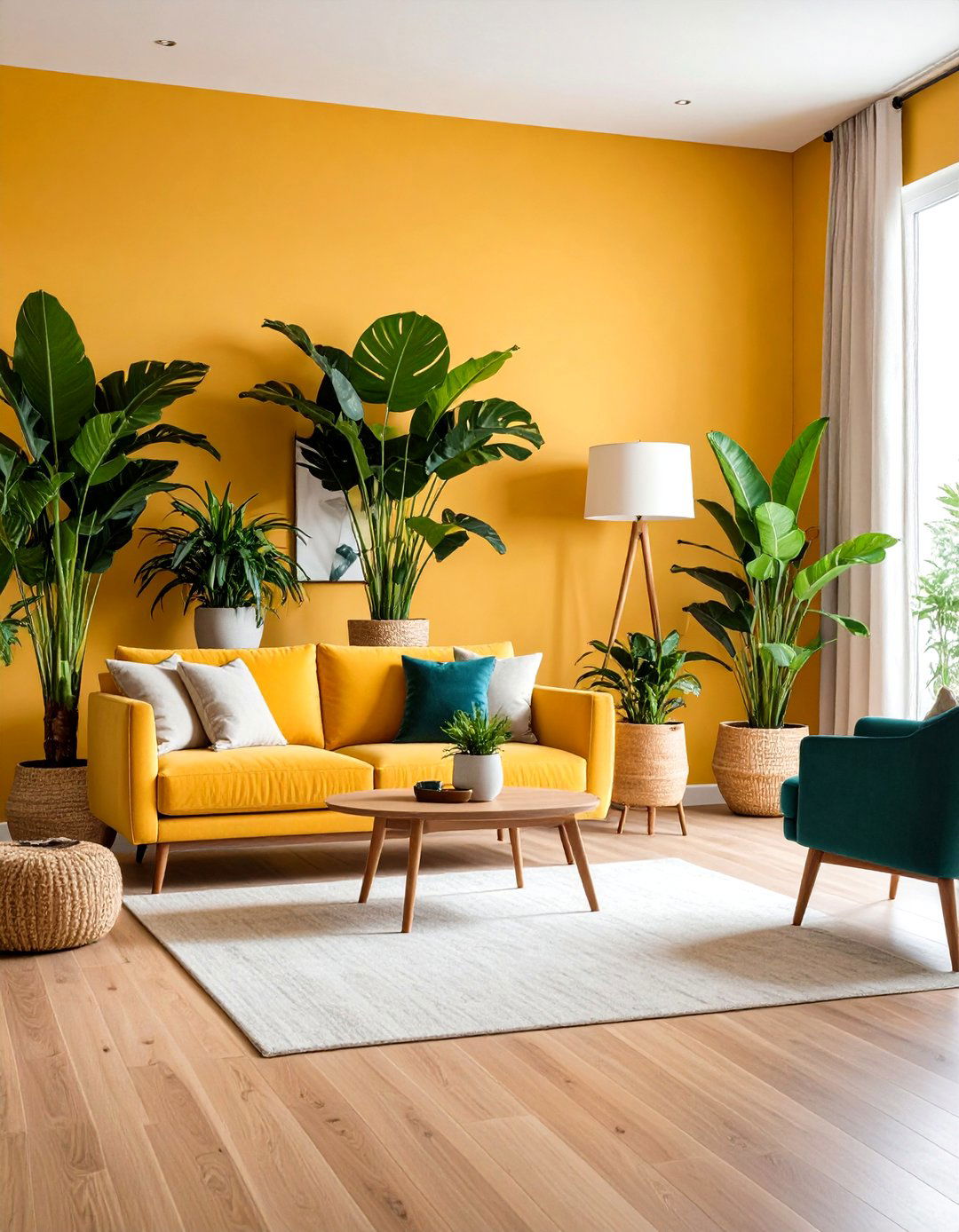
Transform open floor plans by strategically placing tall plants to create natural room divisions. Majesty palms, fiddle leaf figs, and bird of paradise plants serve as elegant living walls that maintain airflow while defining separate areas. Position these statement plants in matching planters to establish visual continuity throughout your space. This approach works particularly well for separating living and dining areas or creating cozy reading nooks within larger rooms. The vertical lines of these plants add architectural interest while their lush foliage softens harsh angles and creates intimate gathering spaces. Consider grouping plants of varying heights to establish depth and prevent the arrangement from appearing too uniform or formal.
2. Bedroom Plant Wellness Sanctuary Design for Decorating With Plants
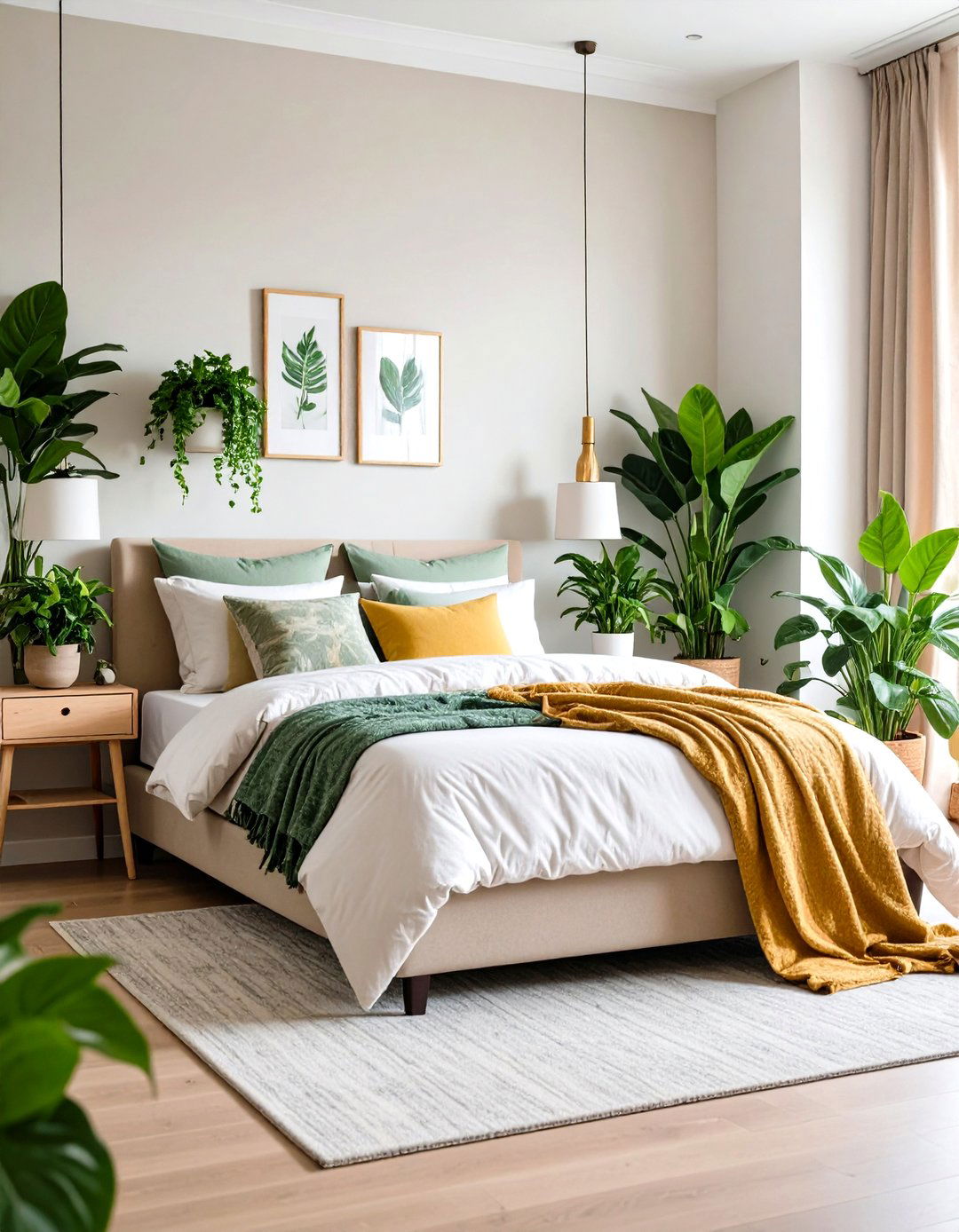
Create a sleep-enhancing environment by surrounding your bed with air-purifying plants that promote relaxation and better rest. Snake plants, pothos, and peace lilies naturally filter toxins while releasing oxygen during nighttime hours. Arrange these plants on bedside tables, hanging planters, and floor stands to create a verdant cocoon around your sleeping area. The gentle presence of greenery helps reduce stress hormones and creates a spa-like atmosphere conducive to deep rest. Choose plants with rounded, soft-edged leaves to promote tranquility, and use ceramic or woven planters in calming neutral tones. This botanical bedroom design establishes a personal retreat that nurtures both physical health and mental wellbeing through natural elements.
3. Bathroom Spa-Style Plant Humidity Gardens for Decorating With Plants

Leverage your bathroom's natural humidity to create a lush tropical sanctuary using moisture-loving plants that thrive in steamy conditions. Ferns, orchids, calatheas, and air plants transform utilitarian bathrooms into rejuvenating spa environments. Mount Boston ferns in hanging baskets near windows, place orchids on windowsills, and arrange smaller plants on floating shelves to maximize vertical space. The combination of warm humidity and indirect lighting creates ideal growing conditions while establishing a connection to nature during daily self-care routines. Consider installing glass shelving to display multiple plants without blocking natural light, and choose plants with architectural forms that complement your bathroom's design aesthetic while providing natural air purification benefits.
4. Kitchen Vertical Plant Herb Wall Systems for Decorating With Plants

Establish a functional and beautiful herb garden using wall-mounted planters that keep fresh ingredients within arm's reach of your cooking space. Install metal or wooden grid systems that accommodate multiple small pots containing basil, rosemary, thyme, and other culinary herbs. This vertical approach maximizes growing space while adding living texture to kitchen walls. Position the herb wall near a sunny window or under grow lights to ensure healthy plant development. The aromatic qualities of fresh herbs enhance the sensory experience of cooking while providing immediate access to organic ingredients. Choose uniform planters in materials that complement your kitchen's design scheme, such as copper for warmth or white ceramic for clean modern aesthetics.
5. Office Plant Productivity Enhancement Zones for Decorating With Plants
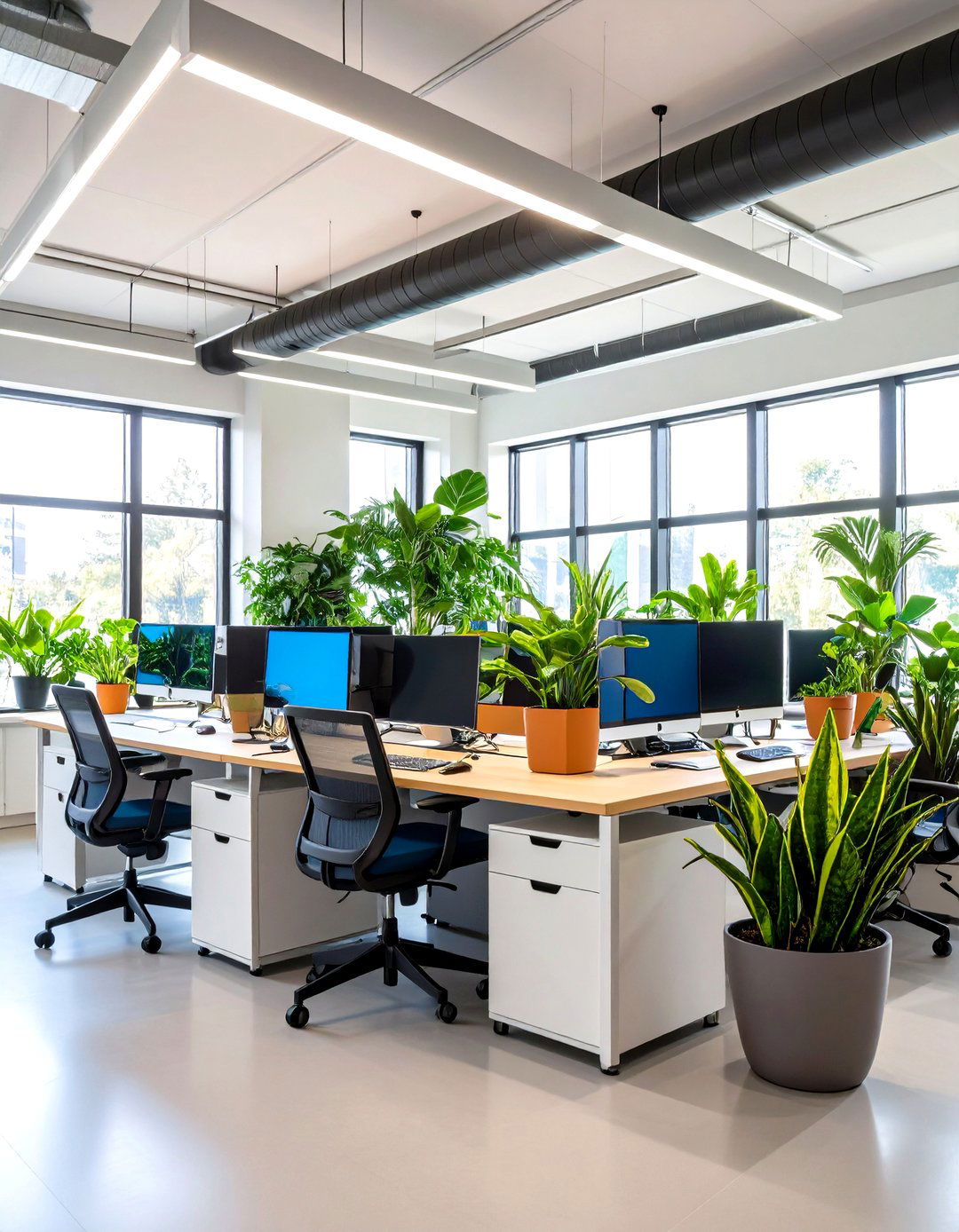
Boost concentration and reduce workplace stress by creating designated plant zones that improve air quality and mental clarity. Position snake plants, ZZ plants, and pothos near workstations to filter pollutants while adding visual interest to sterile office environments. These low-maintenance plants thrive under fluorescent lighting and require minimal care, making them ideal for busy professional settings. Arrange plants in clusters to create natural breaks between work areas, helping to reduce eye strain from computer screens. The presence of greenery has been scientifically proven to enhance creativity and productivity while reducing anxiety levels. Choose plants with upright growth habits that won't interfere with workflow while providing maximum psychological benefits through their calming green presence.
6. Ceiling Hanging Plant Garden Displays for Decorating With Plants

Maximize your growing space by creating suspended gardens that draw the eye upward and add vertical interest to any room. Install ceiling hooks or track systems to support hanging planters containing trailing plants like pothos, philodendrons, and string of hearts. This elevated approach works particularly well in rooms with high ceilings or limited floor space. Vary the hanging heights to create visual depth and prevent the arrangement from appearing too uniform. The cascading foliage creates natural curtains that soften architectural lines while adding movement and texture to static spaces. Consider installing dimmer-controlled spotlights to highlight your hanging garden during evening hours, transforming your plants into living art installations that provide both beauty and air purification benefits throughout your home.
7. Wall-Mounted Plant Living Art Installations for Decorating With Plants
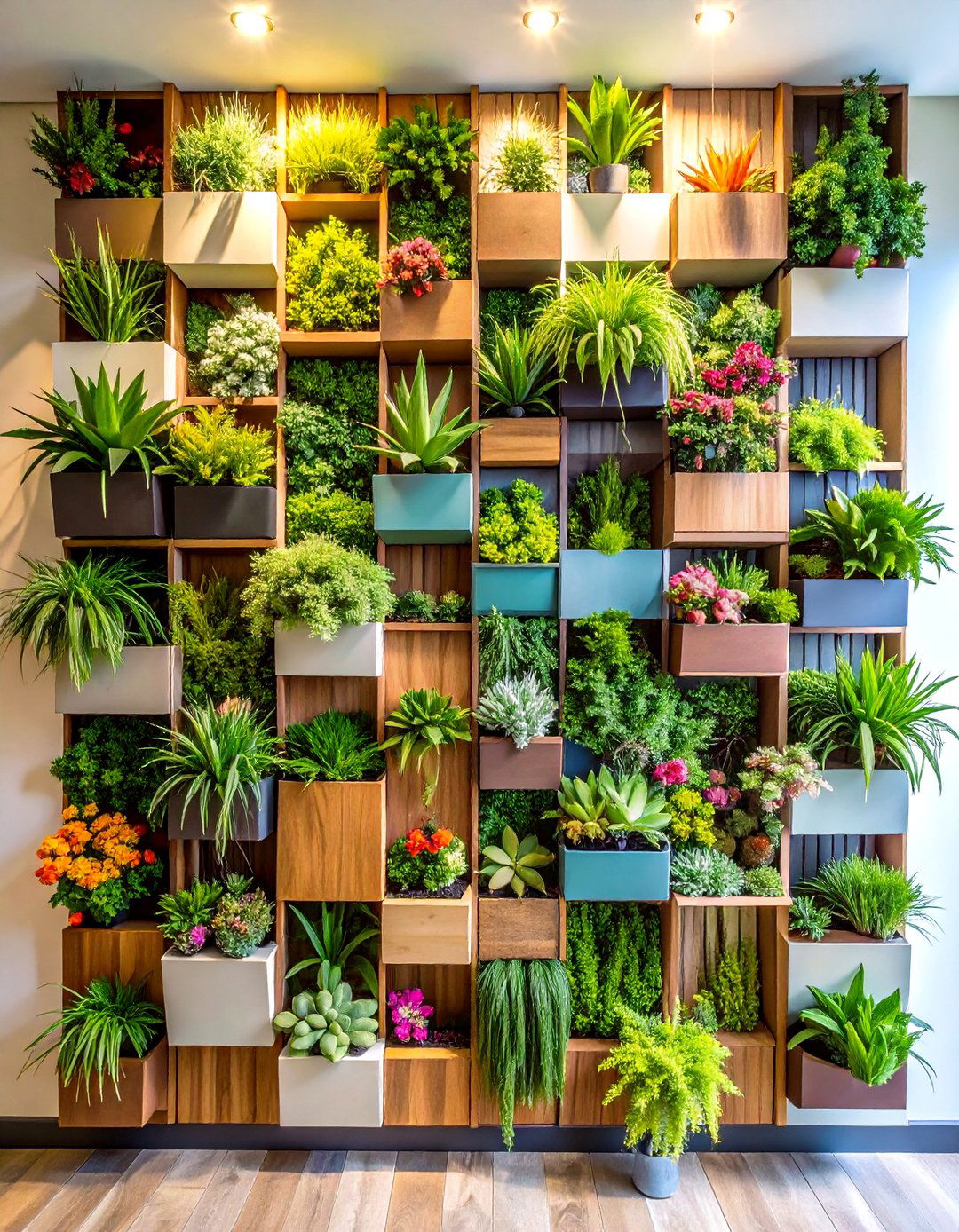
Transform blank walls into dynamic living artworks using modular wall-mounted planting systems that create vertical gardens. Install pocket planters or wooden frames with built-in growing compartments to display a variety of plants with different textures and colors. This approach works particularly well with succulents, air plants, and small trailing varieties that create interesting patterns and compositions. Design your living wall to complement existing artwork or serve as a statement piece that anchors an entire room's design scheme. The three-dimensional nature of wall gardens adds depth and visual interest while providing excellent air purification benefits. Consider incorporating preserved moss or dried elements alongside living plants to create year-round displays that require minimal maintenance while delivering maximum aesthetic impact.
8. Terrarium Plant Table Centerpiece Collections for Decorating With Plants
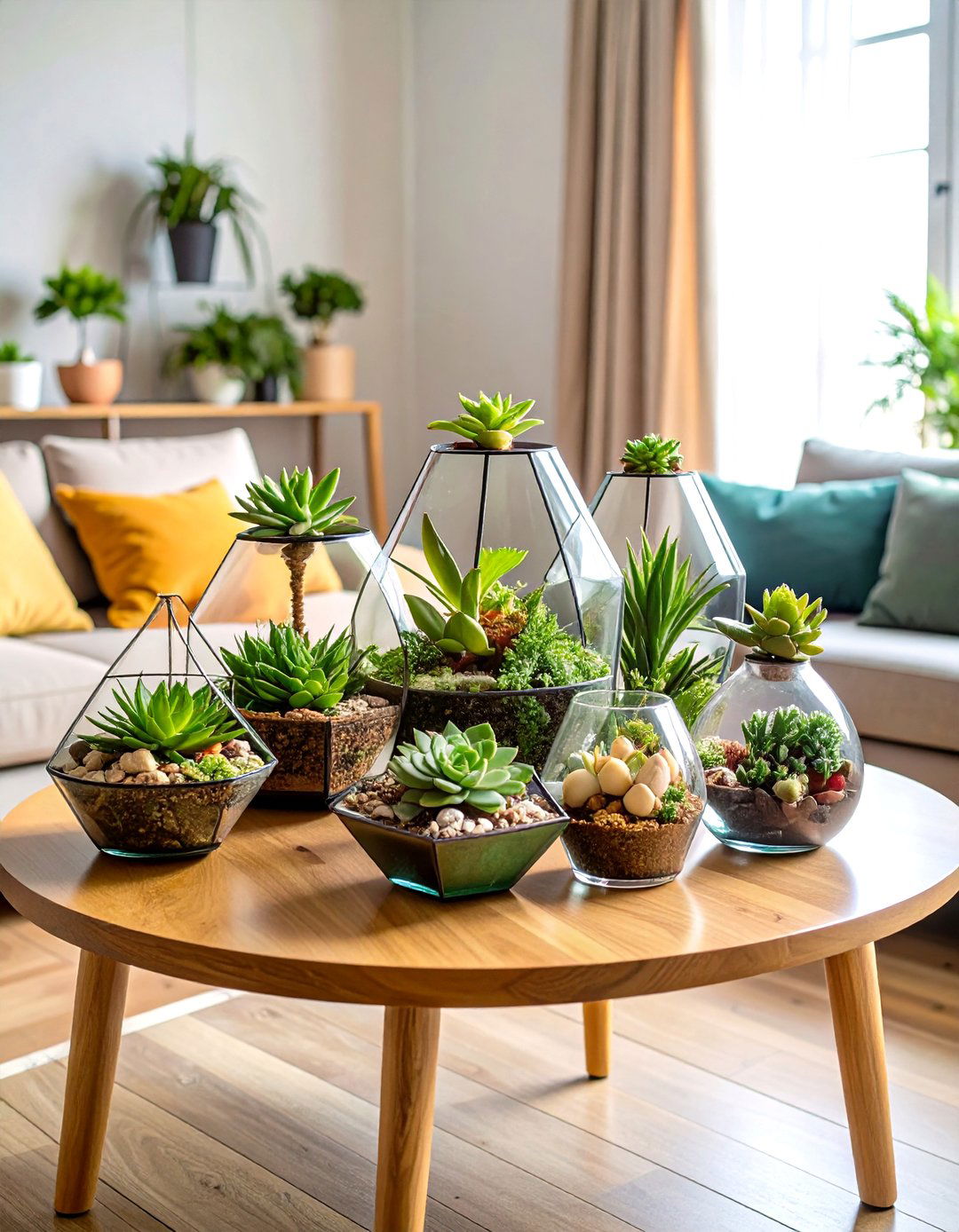
Design miniature ecosystems using glass containers that serve as captivating focal points on coffee tables, dining tables, and console surfaces. Layer different plants, mosses, and decorative elements to create self-contained gardens that require minimal maintenance while providing maximum visual impact. Succulents, air plants, and small ferns work particularly well in terrarium environments. Group multiple terrariums of varying sizes and shapes to create dynamic centerpiece arrangements that spark conversation and admiration. The enclosed nature of terrariums creates unique growing environments while protecting delicate plants from household disturbances. Consider incorporating LED lighting systems to illuminate your terrarium collections during evening hours, transforming them into glowing centerpieces that add warmth and ambiance to social gatherings.
9. Industrial-Organic Plant Contrast Styling for Decorating With Plants
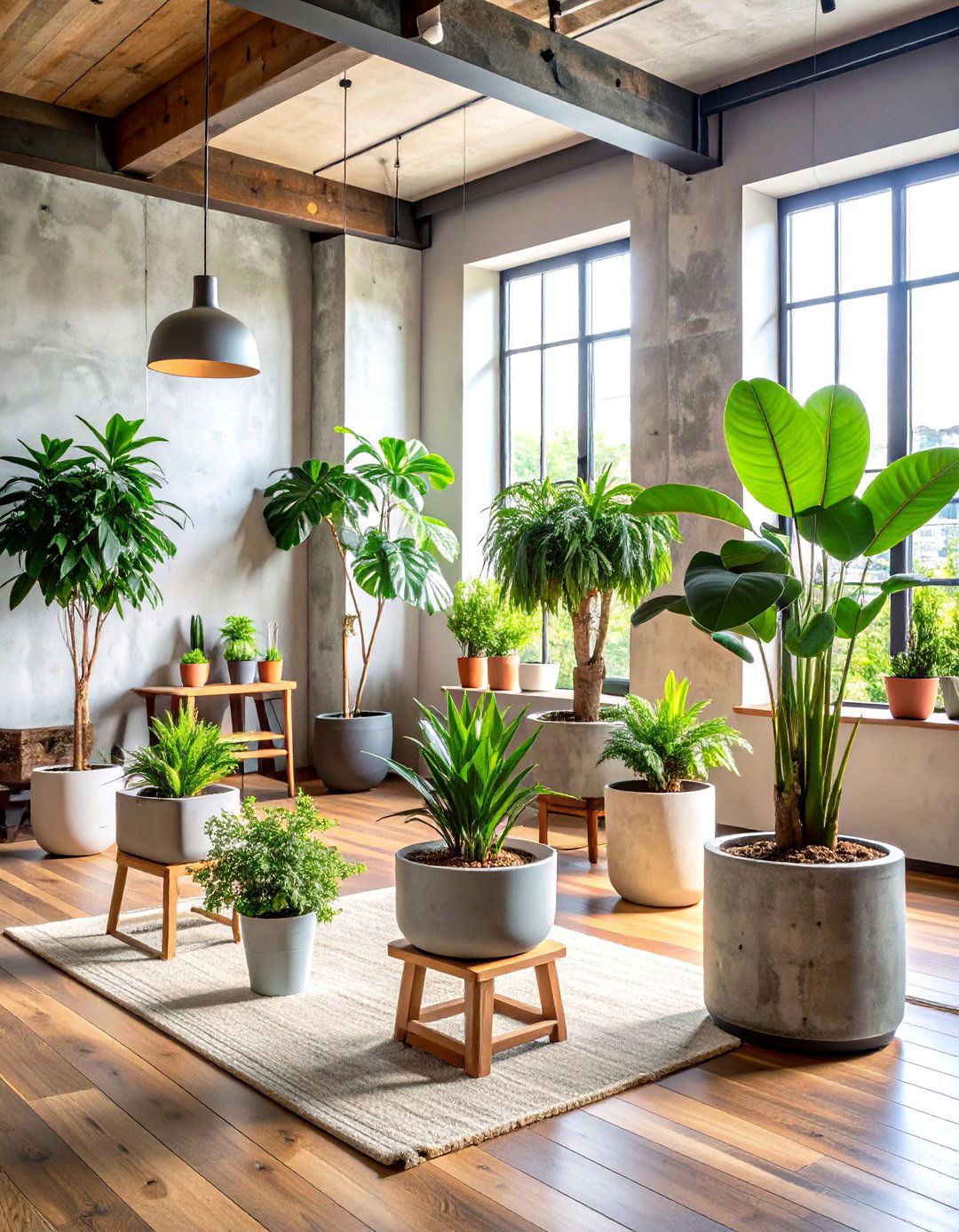
Create striking visual tension by pairing lush greenery with raw industrial materials like concrete planters, metal stands, and reclaimed wood supports. This design approach emphasizes the natural beauty of plants by contrasting their organic forms against hard, angular surfaces. Choose plants with bold architectural shapes like snake plants, rubber trees, or monstera to complement industrial aesthetics. The juxtaposition of living elements against metal, concrete, and wood creates sophisticated design statements that work particularly well in modern lofts and contemporary homes. Use exposed pipes, metal grid systems, and concrete blocks as unique planting supports that celebrate both form and function. This styling approach transforms plants into sculptural elements that bridge the gap between nature and urban design sensibilities.
10. Window Plant Trailing Cascade Displays for Decorating With Plants
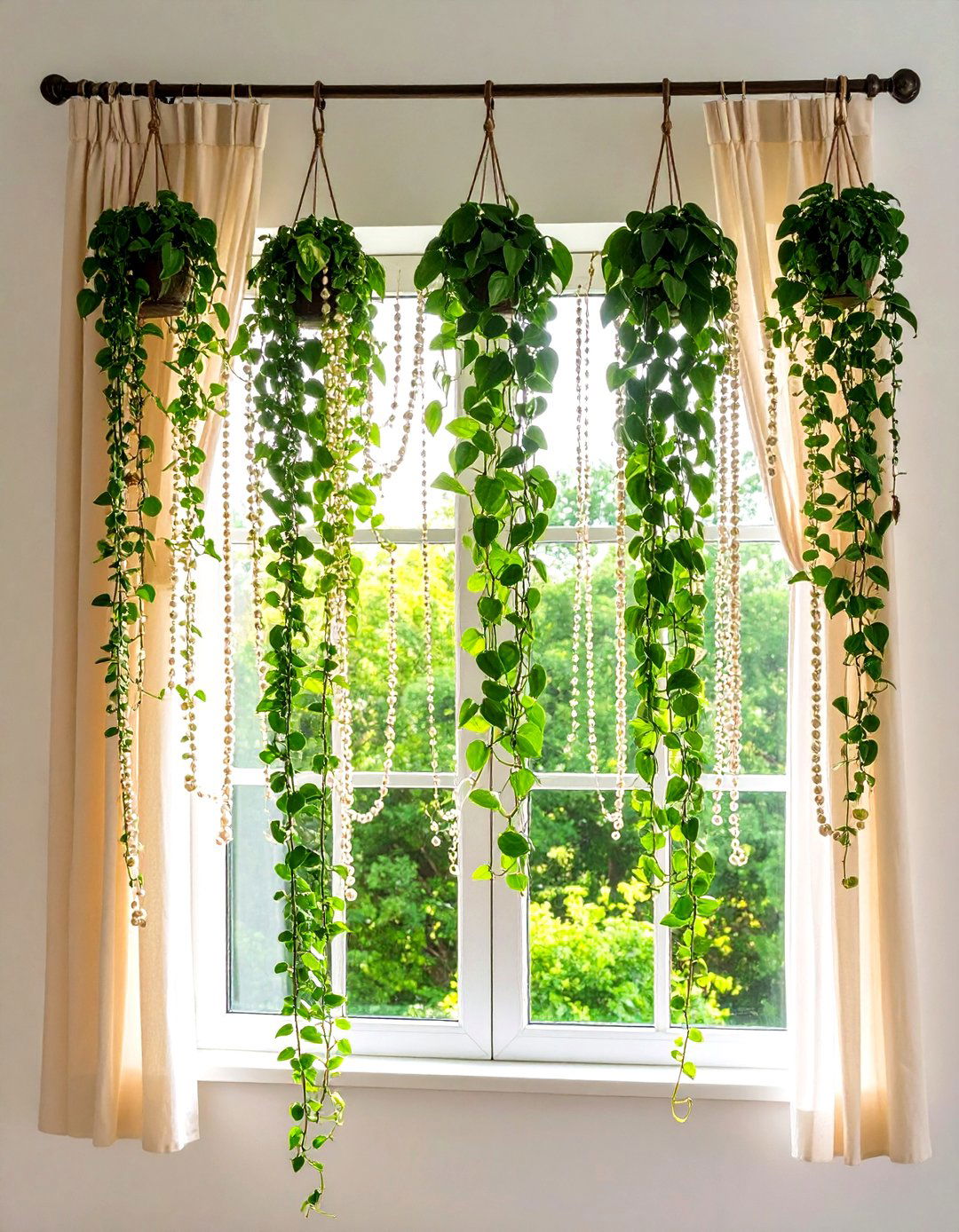
Transform windows into living curtains using trailing plants that cascade gracefully while filtering natural light throughout your rooms. Install hanging planters or wall-mounted brackets near windows to support plants like pothos, philodendrons, and string of pearls. The natural light streaming through plant foliage creates beautiful dappled patterns while providing ideal growing conditions for your green companions. This approach softens harsh window lines while maintaining privacy without completely blocking outdoor views. Position plants at varying heights to create layered effects that add depth and visual interest to window areas. The movement of trailing vines adds life and dynamism to static window treatments while providing year-round greenery that changes with the seasons and plant growth patterns.
11. Plant Propagation Station Showcase Designs for Decorating With Plants

Create educational and visually stunning displays using glass vessels to showcase plant propagation while adding scientific beauty to your home decor. Arrange various cuttings in clear containers filled with water, allowing guests to observe root development while enjoying attractive greenery. This approach combines functionality with aesthetics, turning plant care into decorative art. Position propagation stations on floating shelves, window sills, or dedicated plant stands where natural light supports healthy growth. Label different specimens to create an educational element that sparks curiosity and conversation. The clean lines of glass containers and the delicate beauty of developing root systems create minimalist displays that work well in contemporary interiors while demonstrating your commitment to sustainable gardening practices.
12. Sculptural Floor Plant Statement Arrangements for Decorating With Plants
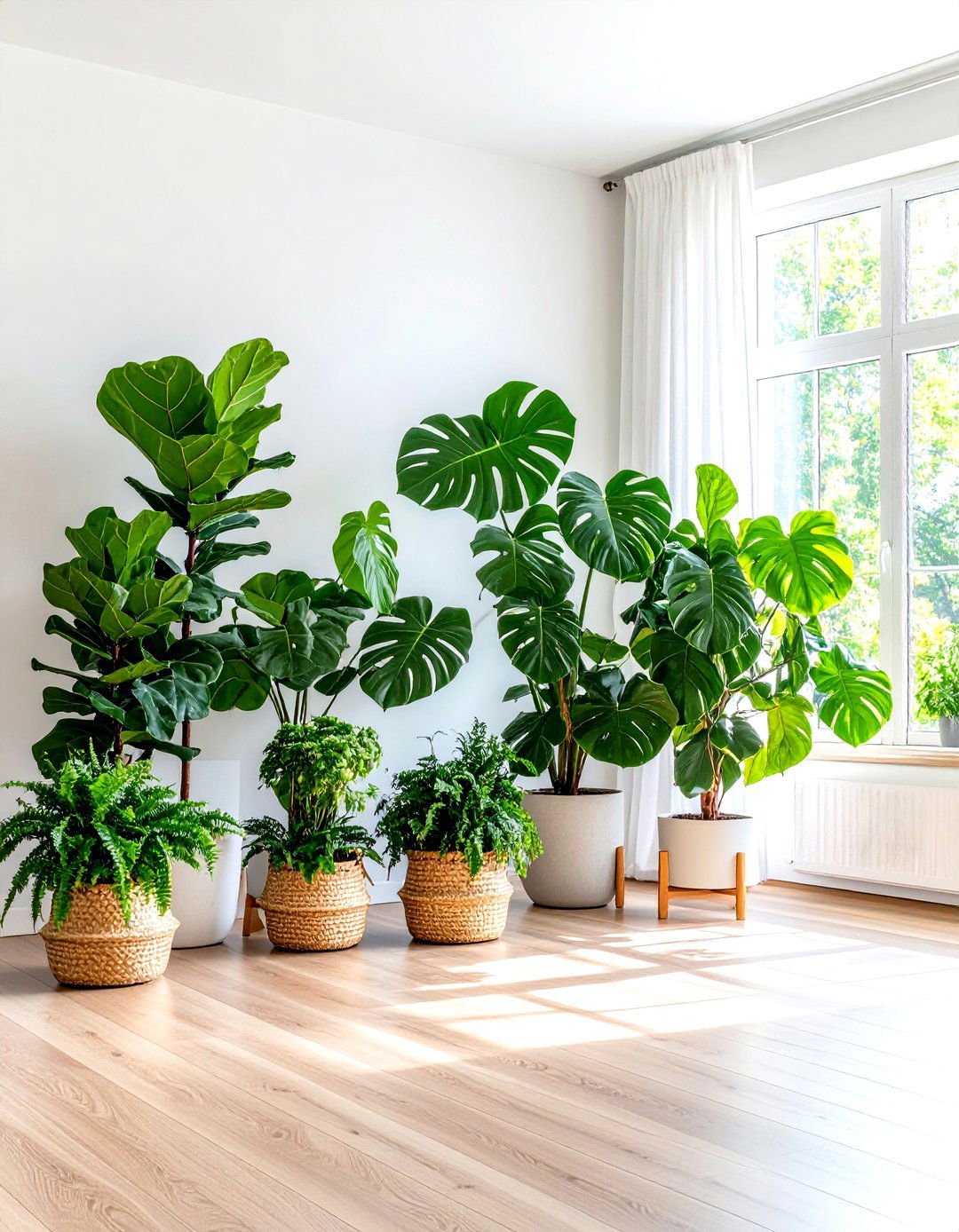
Anchor your rooms with dramatic floor plant groupings that serve as living sculptures and define spatial relationships within your home. Combine plants of varying heights, textures, and forms to create dynamic compositions that draw the eye and establish focal points. Use large statement plants like fiddle leaf figs or monstera as anchor pieces, then surround them with medium and small plants to create layered arrangements. Position these groupings in corners, beside furniture, or as room dividers to maximize their architectural impact. The sculptural quality of well-arranged plant groupings adds artistic elements to your decor while providing natural air purification and stress reduction benefits. Choose planters in complementary materials and colors to unify your arrangements while maintaining visual interest.
13. Multi-Level Plant Shelf Display Systems for Decorating With Plants
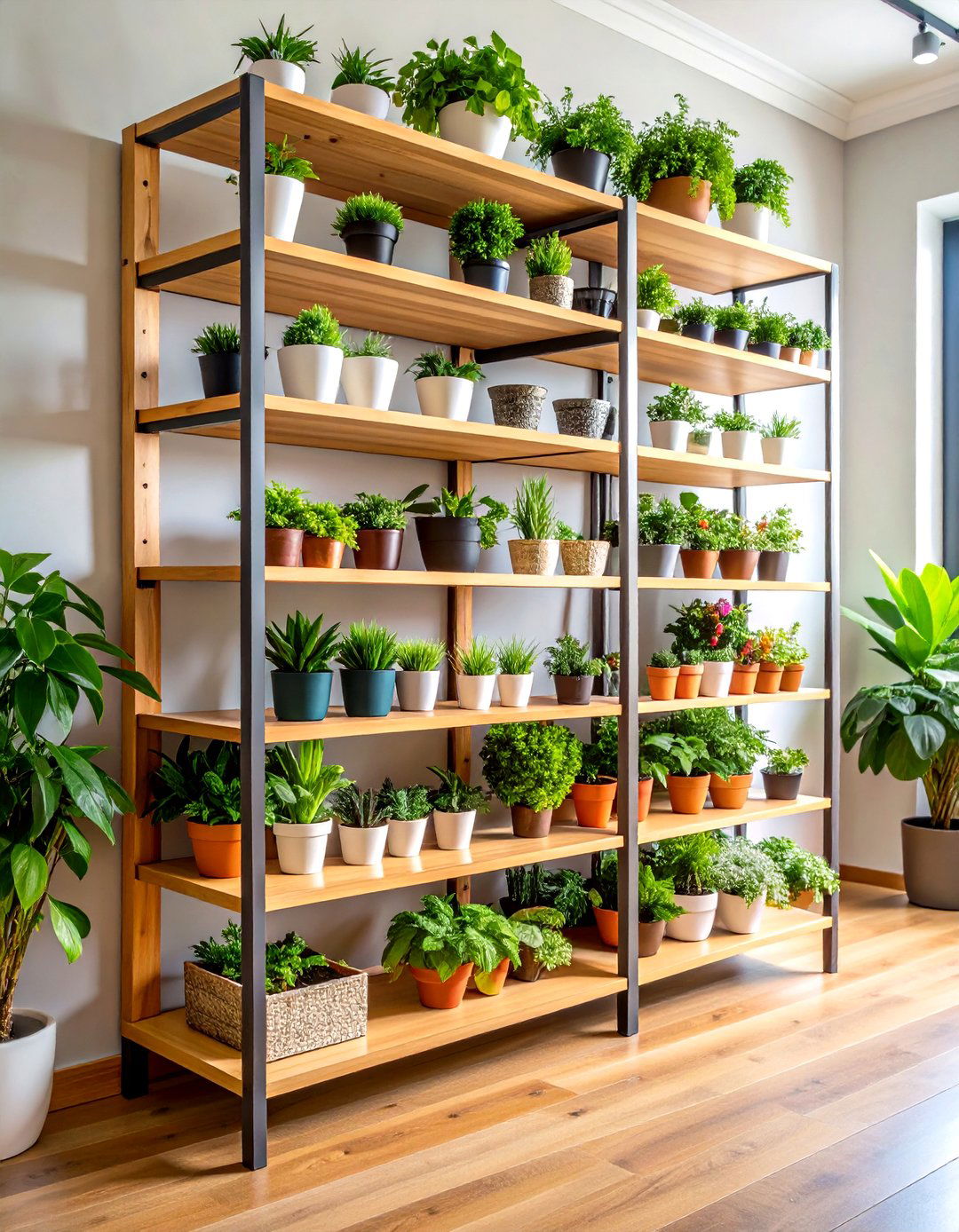
Maximize your plant collection using tiered shelving systems that create vertical gardens while organizing your growing space efficiently. Install floating shelves, ladder-style plant stands, or custom-built stepped displays to accommodate plants of various sizes and light requirements. This approach allows you to create impressive plant collections in limited floor space while establishing attractive vertical compositions. Group plants by color, texture, or care requirements to create cohesive displays that are both beautiful and functional. The multi-level approach provides opportunities to showcase trailing plants that can cascade between levels, creating natural connections throughout your display. Consider installing grow lights or positioning shelves near windows to ensure all plants receive adequate illumination while maintaining the decorative impact of your carefully curated collection.
14. Macramé Plant Hanging Gallery Walls for Decorating With Plants
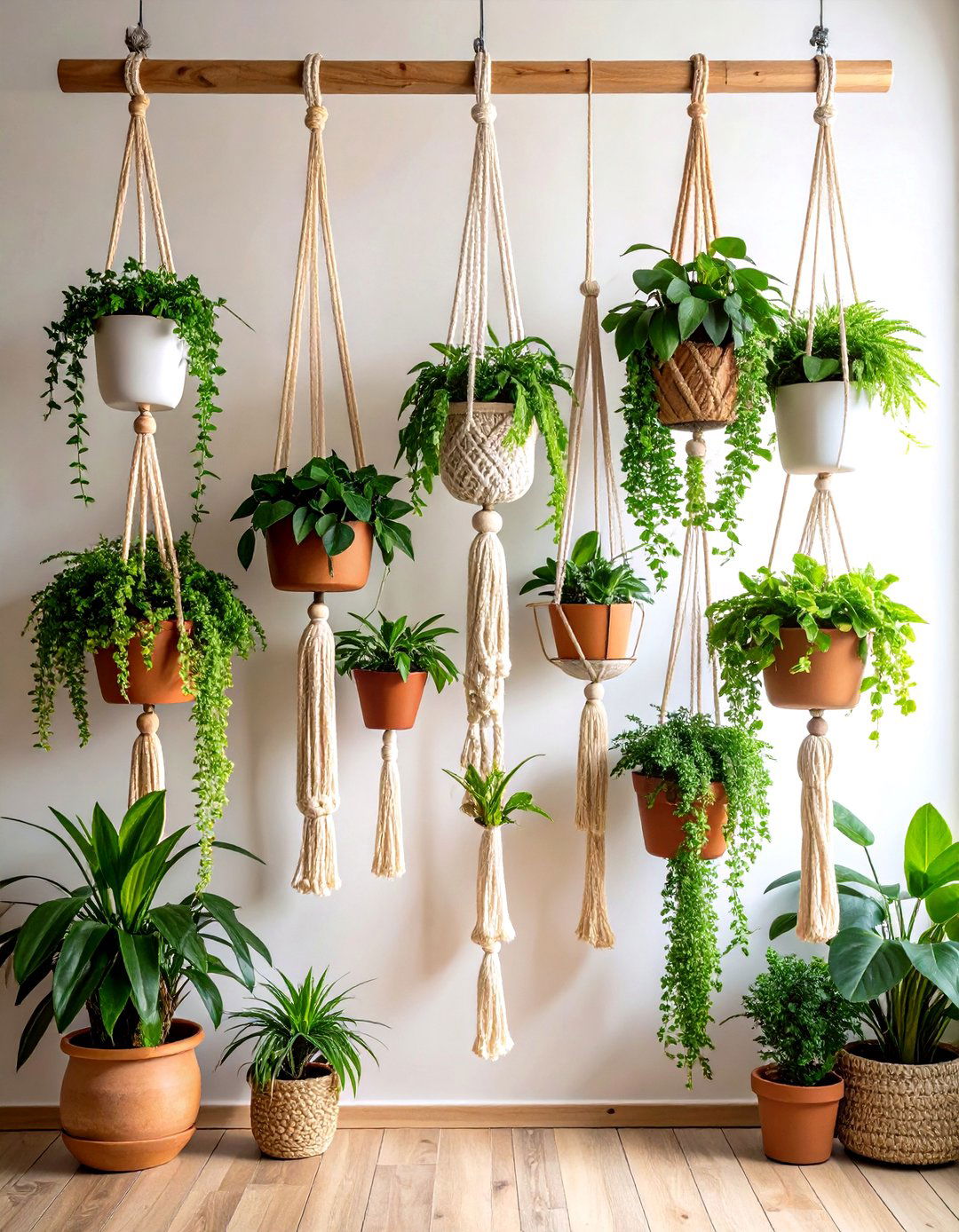
Combine traditional craft techniques with contemporary plant styling to create textural wall displays that add bohemian elegance to any space. Install multiple macramé hangers at varying heights to create gallery-style arrangements that showcase different plant varieties while adding handcrafted warmth to your decor. This approach works particularly well with trailing plants like pothos, spider plants, and string of hearts that complement the organic lines of macramé designs. Choose hangers in natural fibers like cotton or jute to maintain authentic bohemian aesthetics, or opt for modern interpretations in colored or metallic cords. The combination of textile artistry and living plants creates unique wall treatments that provide both visual interest and air purification benefits while celebrating traditional craftsmanship.
15. Seasonal Plant Rotation Display Concepts for Decorating With Plants
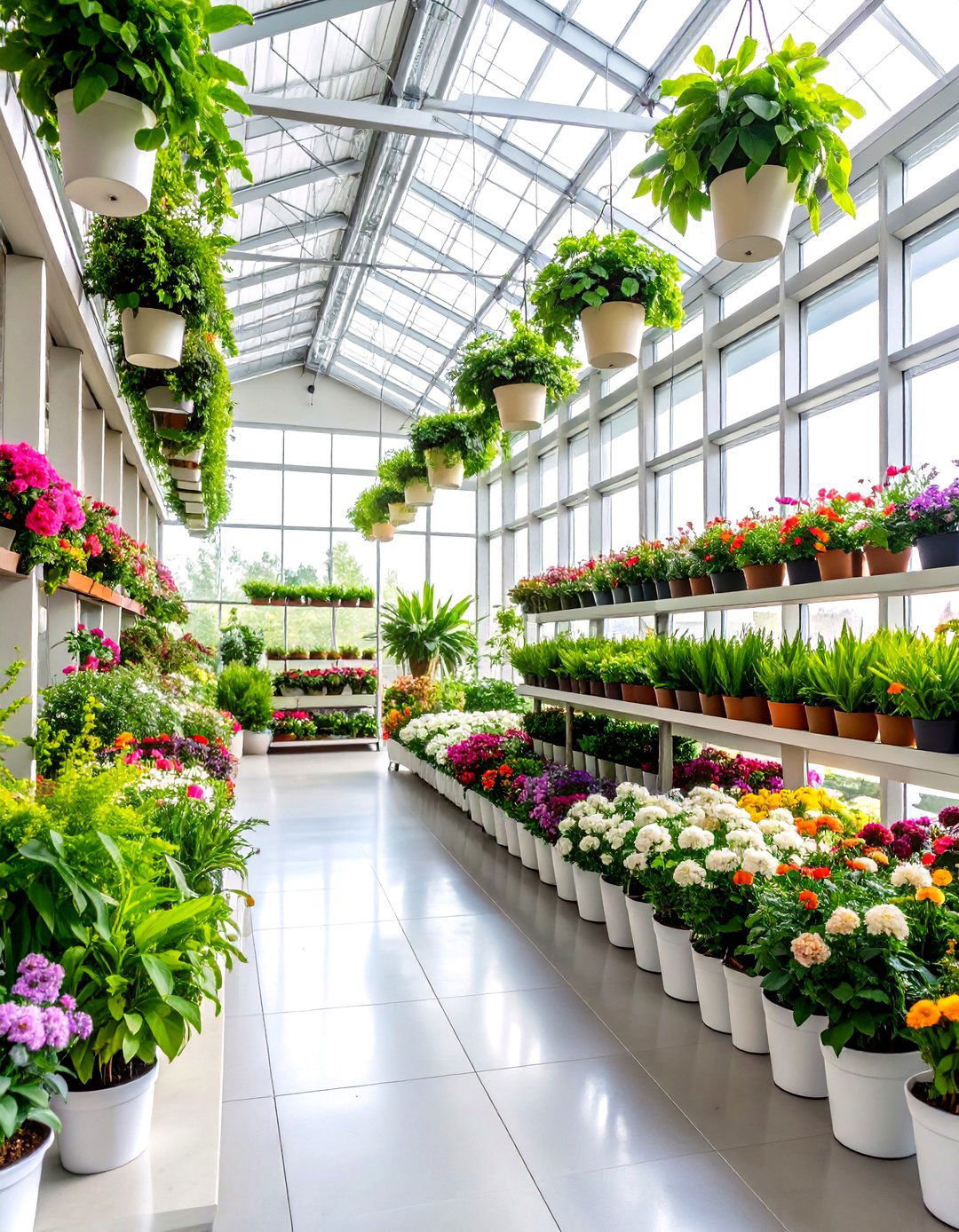
Develop dynamic decorating schemes that evolve throughout the year by rotating plants based on seasonal availability, growth patterns, and aesthetic preferences. Create designated display areas that can accommodate different plant types as seasons change, ensuring your interior landscape remains fresh and engaging. Spring might feature flowering plants and fresh green foliage, while autumn could showcase plants with warm-toned leaves or interesting seed pods. This approach allows you to experiment with different plant varieties while preventing decorator fatigue and maintaining year-round visual interest. Develop storage solutions for off-season plants and establish care routines that support healthy transitions between display periods. Seasonal rotation also provides opportunities to incorporate holiday-specific plants while maintaining sophisticated design sensibilities throughout the year.
16. Air Plant Floating Garden Designs for Decorating With Plants
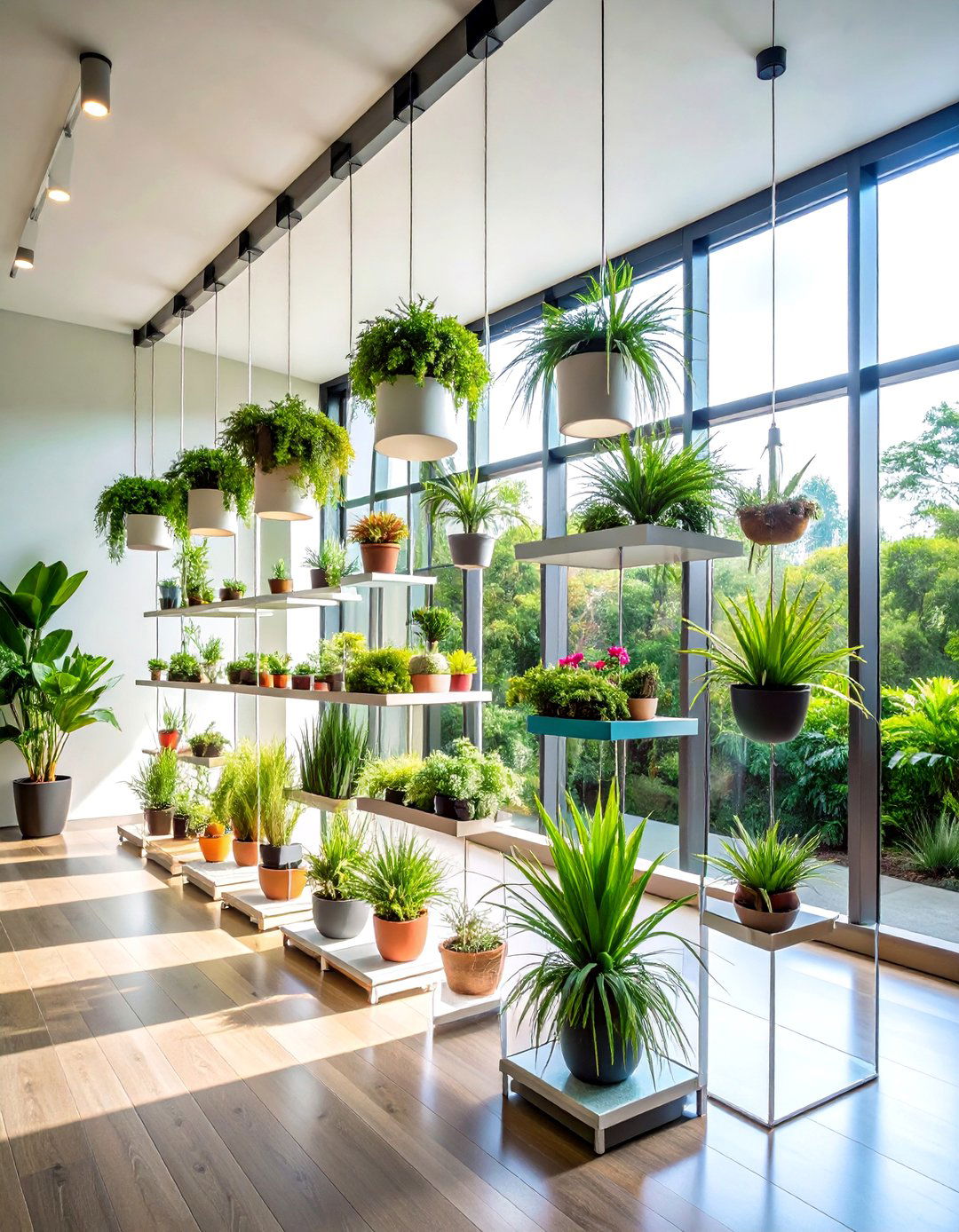
Create ethereal displays using air plants that appear to float within your living spaces while requiring minimal maintenance and no soil. Mount air plants on clear fishing line, glass orbs, or transparent supports to achieve weightless effects that add magic to any room. This approach works particularly well in modern and minimalist interiors where the sculptural forms of air plants can be fully appreciated. Arrange multiple air plants at different heights and positions to create three-dimensional compositions that change appearance as you move through your space. The low-maintenance nature of air plants makes them ideal for busy lifestyles while their unique growing habits provide interesting conversation pieces. Consider incorporating subtle lighting to highlight your floating garden during evening hours.
17. Corner Plant Jungle Transformation Spaces for Decorating With Plants
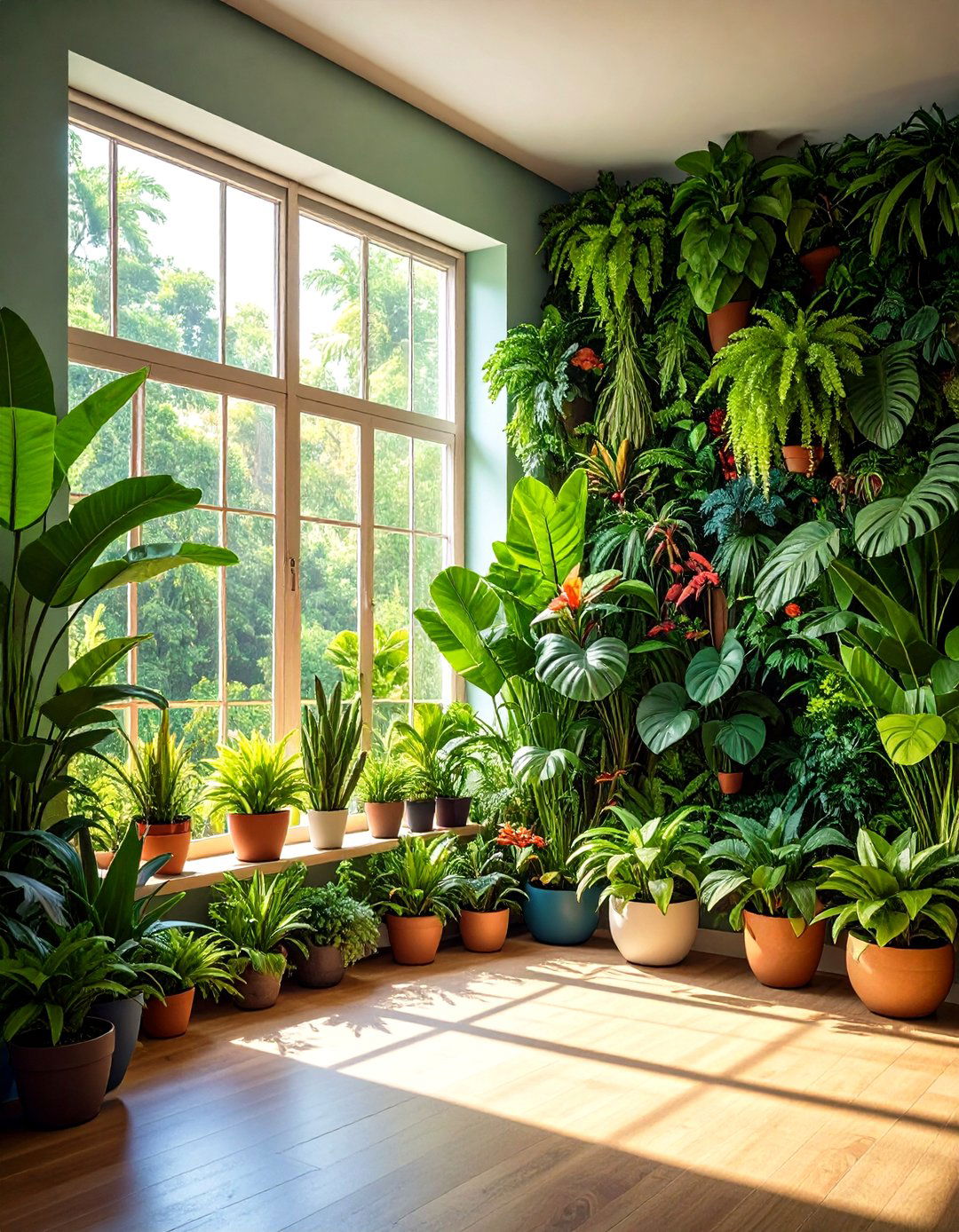
Transform unused corner spaces into lush micro-jungles that create immersive natural environments within your home. Layer plants of different heights, textures, and growth habits to establish dense, forest-like compositions that transport you to tropical destinations. Start with a large floor plant as your anchor, then fill in with medium and small plants to create depth and fullness. Include trailing plants that can cascade from shelves or hanging positions to add vertical interest and movement. This approach creates intimate spaces perfect for reading, meditation, or simply enjoying the calming presence of abundant greenery. The enclosed nature of corner arrangements intensifies the jungle effect while providing excellent air purification and stress reduction benefits through concentrated plant density.
18. Minimalist Plant Accent Styling Concepts for Decorating With Plants
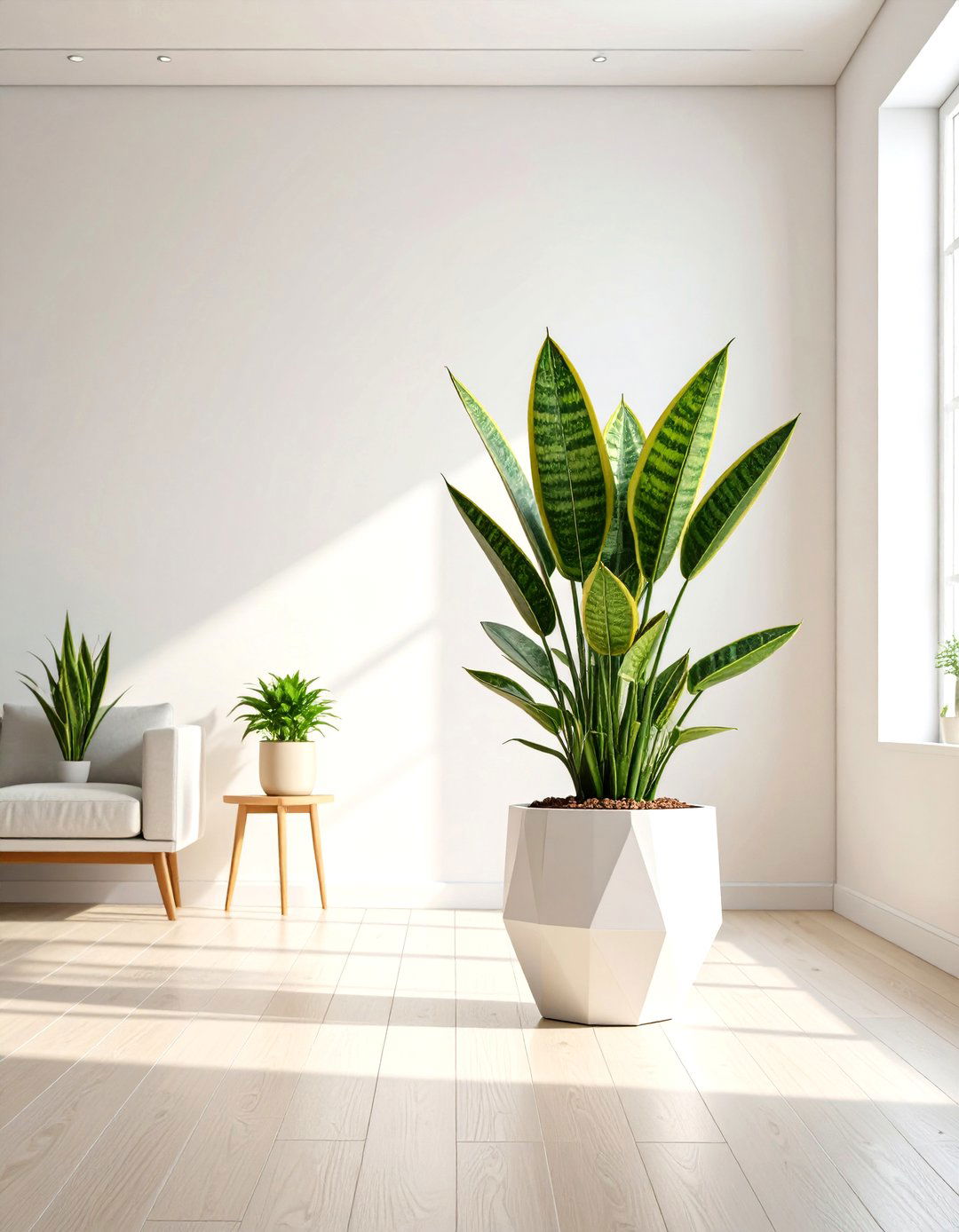
Embrace restraint and precision by using carefully selected plants as subtle accent pieces that enhance rather than dominate your interior design scheme. Choose plants with clean, architectural forms like snake plants, ZZ plants, or single-stem specimens that complement minimalist aesthetics. Position these plants strategically to create visual balance and draw attention to specific areas without overwhelming your carefully curated spaces. Use simple, geometric planters in neutral colors that blend seamlessly with your existing decor while allowing plant forms to take center stage. This approach proves that effective plant decorating doesn't require abundance; rather, it celebrates the individual beauty and character of each plant while maintaining the clean, uncluttered aesthetic that defines minimalist design philosophy.
19. Staircase Plant Trailing Display Systems for Decorating With Plants
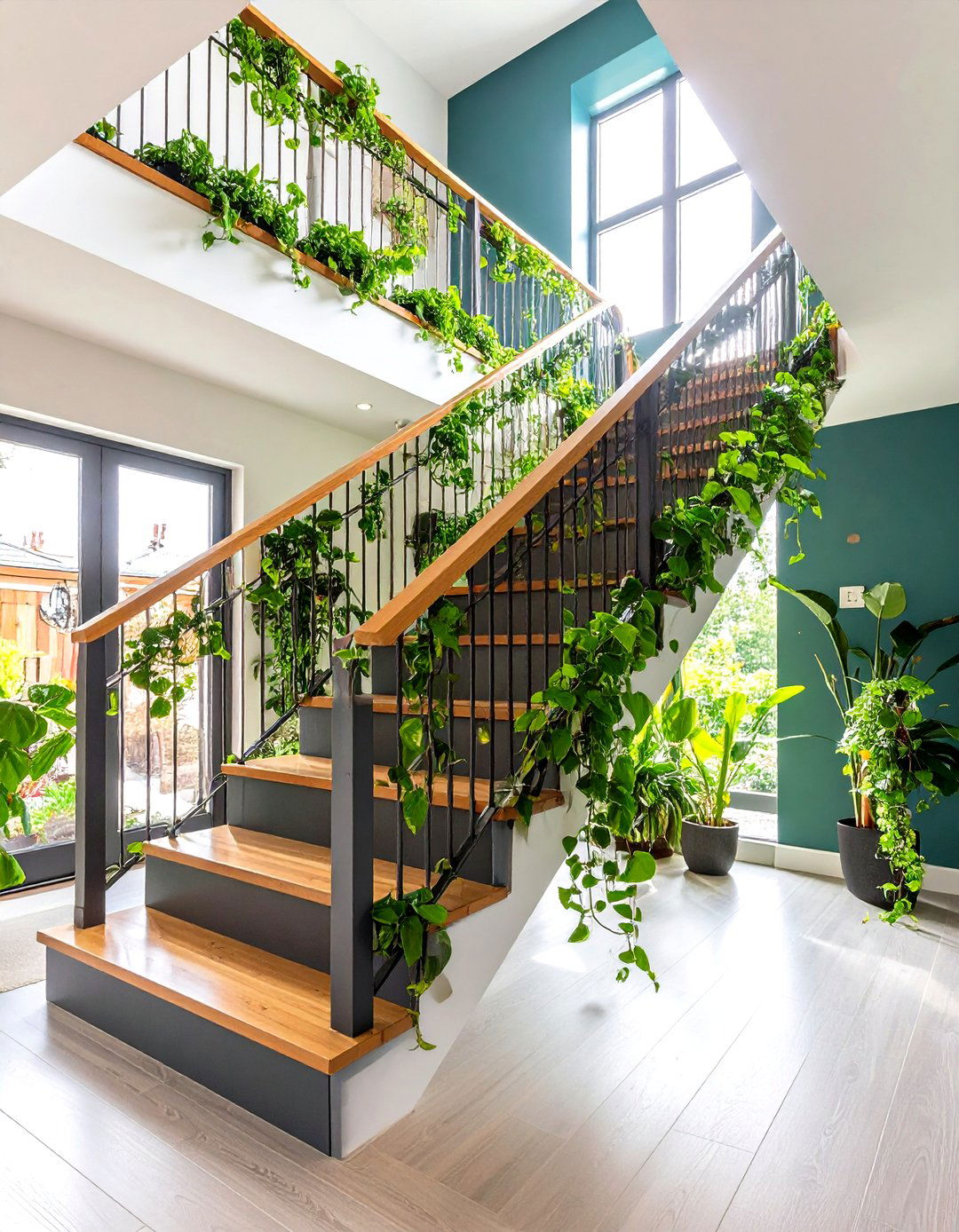
Transform staircases into verdant pathways by training trailing plants along railings and positioning statement plants on landings to create continuous green corridors throughout your home. Use plants like pothos, philodendrons, and ivy that can be trained to follow architectural lines while adding softness to hard surfaces. Position larger plants at the base of staircases and on landings to create focal points that guide movement through your home. This approach turns functional spaces into beautiful transitional areas that connect different levels of your home through natural elements. The vertical nature of staircases provides excellent opportunities for showcasing cascading plants while creating impressive displays visible from multiple viewpoints. Ensure adequate lighting and safe plant placement that doesn't interfere with stair navigation.
20. Entryway Plant Welcome Display Arrangements for Decorating With Plants
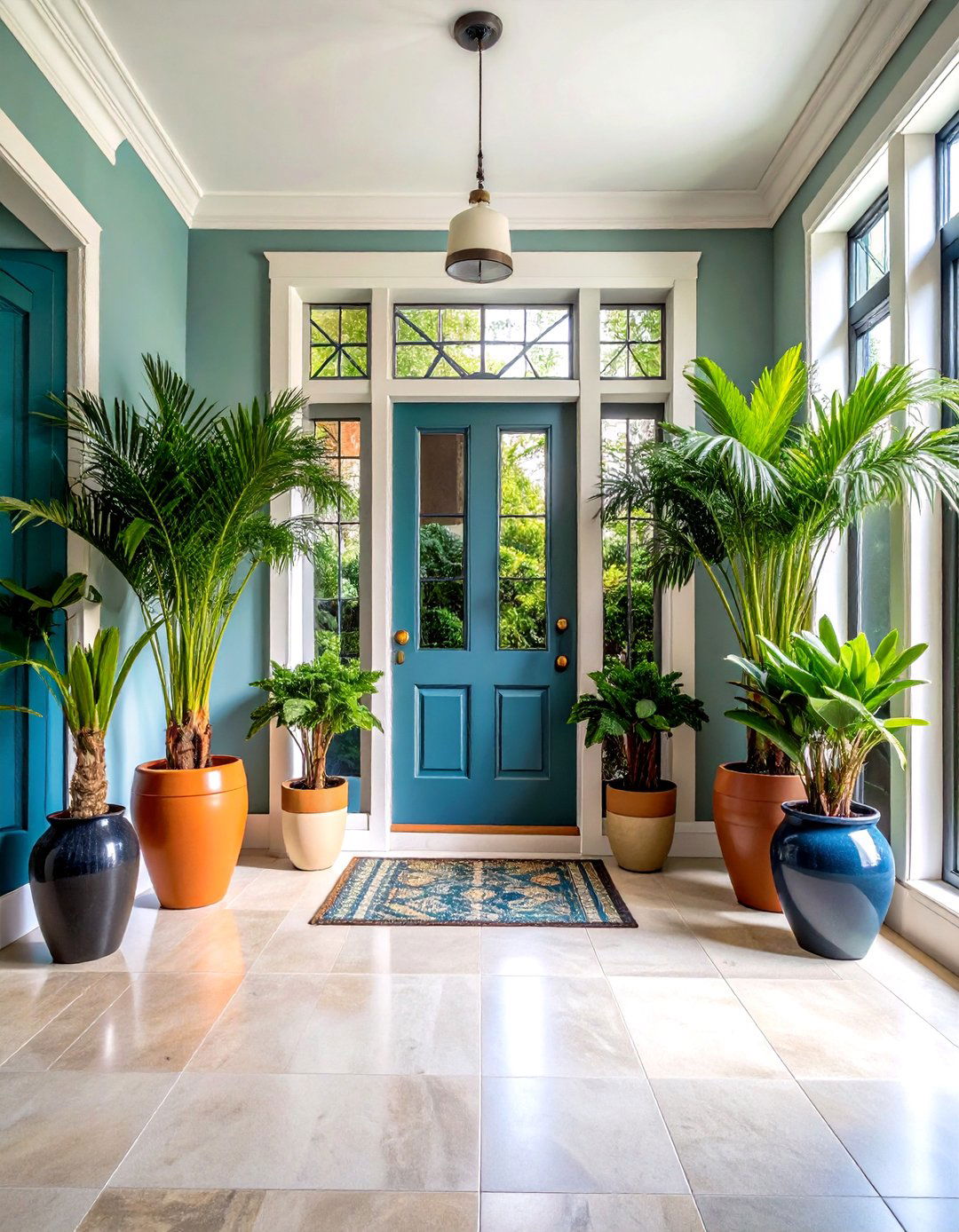
Create memorable first impressions by designing welcoming plant arrangements that greet guests and establish your home's commitment to natural beauty. Position statement plants like palms or large ferns near entrances, complemented by smaller plants on console tables or hanging from ceiling fixtures. This approach sets the tone for your entire home while providing immediate evidence of your decorating sophistication and environmental consciousness. Choose plants that can tolerate varying light conditions and temperature fluctuations common in entryway areas. The placement of plants near entrances also provides practical benefits like air purification and stress reduction as you transition between outdoor and indoor environments. Consider seasonal plant rotations that reflect changing times of year while maintaining consistent design impact that welcomes both residents and visitors.
Conclusion:
Decorating with plants transcends simple home styling to create healthier, more beautiful living environments that nurture both body and soul. These twenty approaches demonstrate how strategic plant placement can transform any space into a vibrant sanctuary that reflects personal style while providing tangible wellness benefits. From dramatic living walls to subtle minimalist accents, plants offer infinite possibilities for creative expression and environmental enhancement. Success lies in understanding each plant's unique requirements while considering how they integrate with your existing design aesthetic. Whether you choose bold jungle transformations or refined single-specimen displays, decorating with plants connects you to nature's restorative power while creating spaces that truly feel like home.


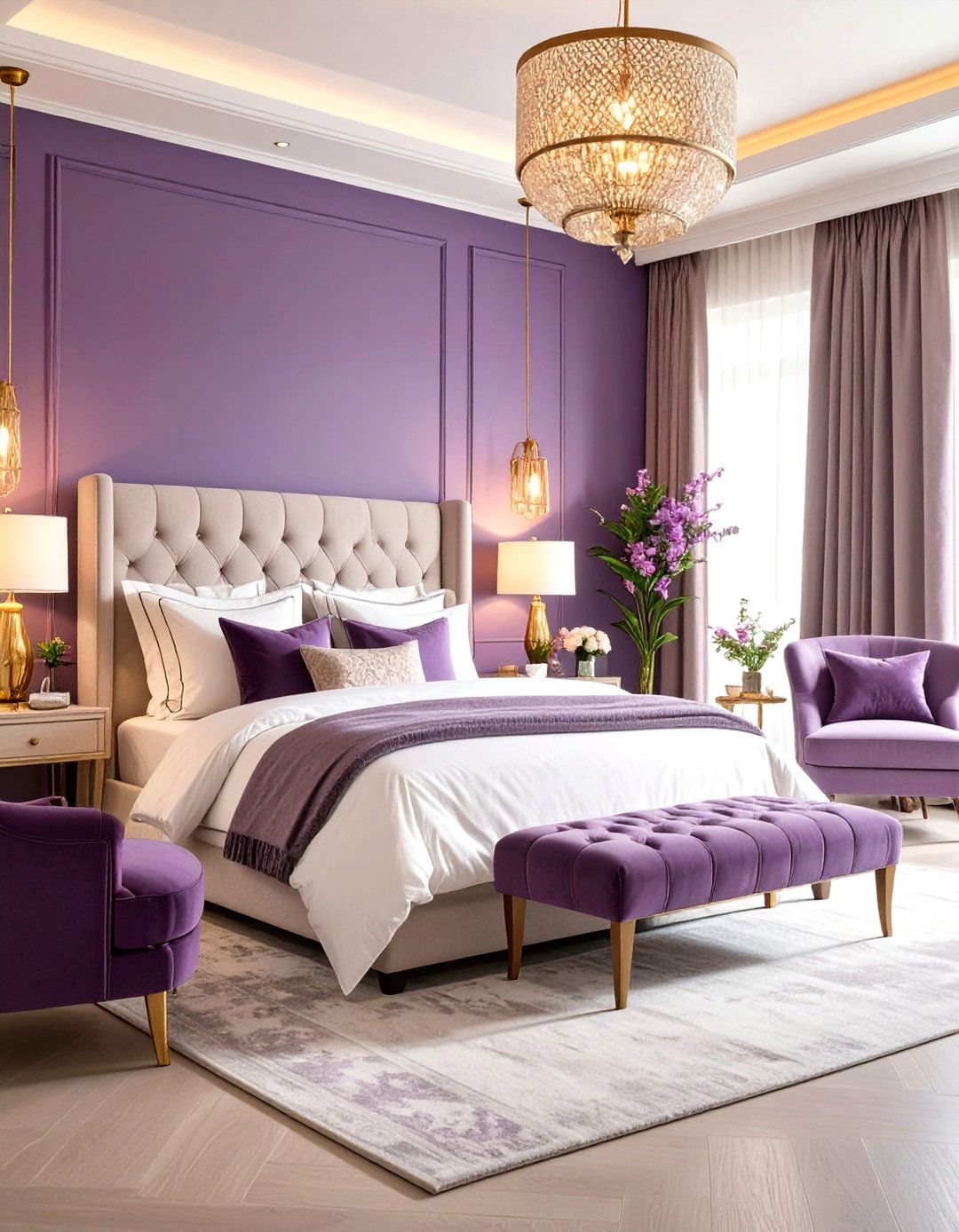
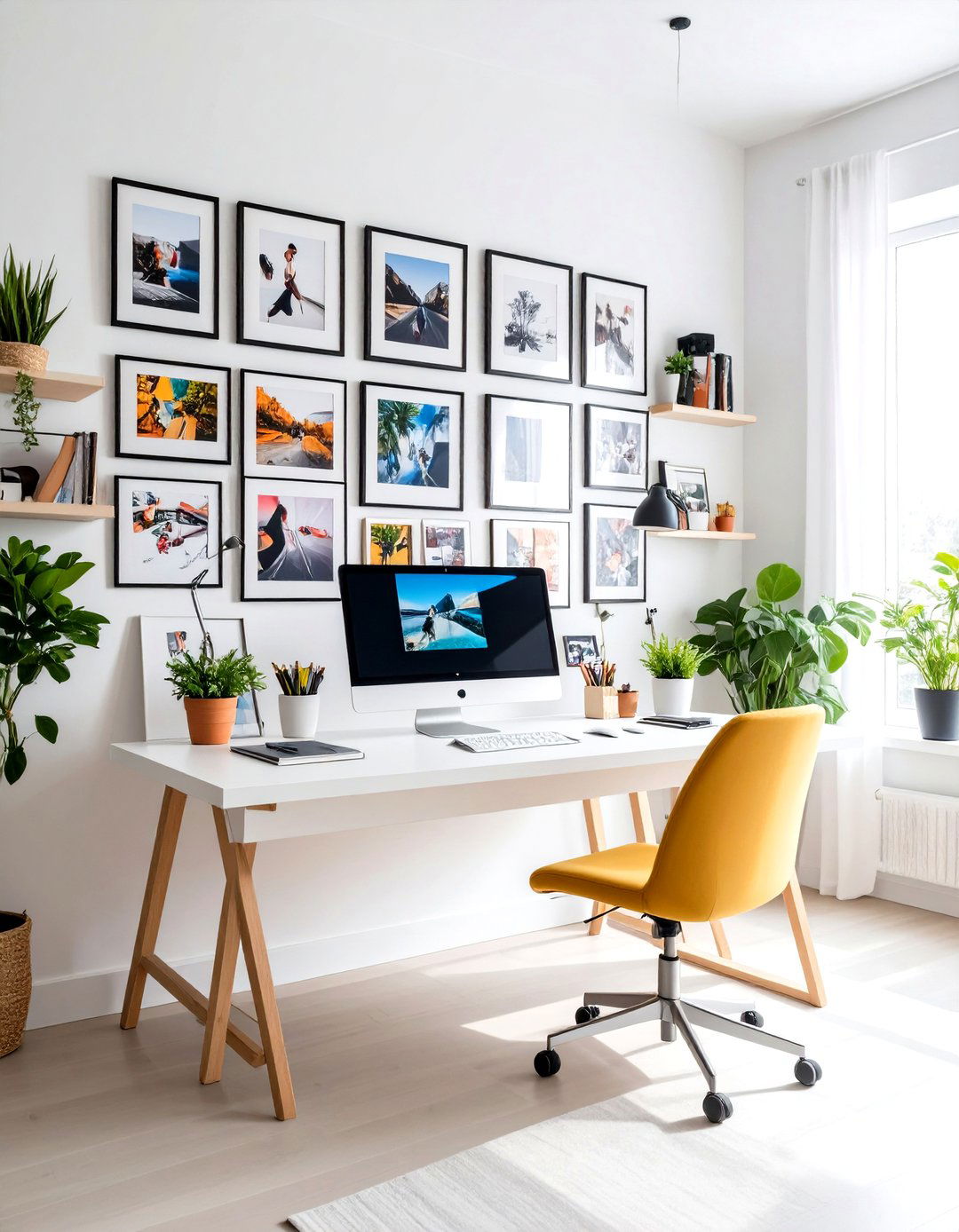
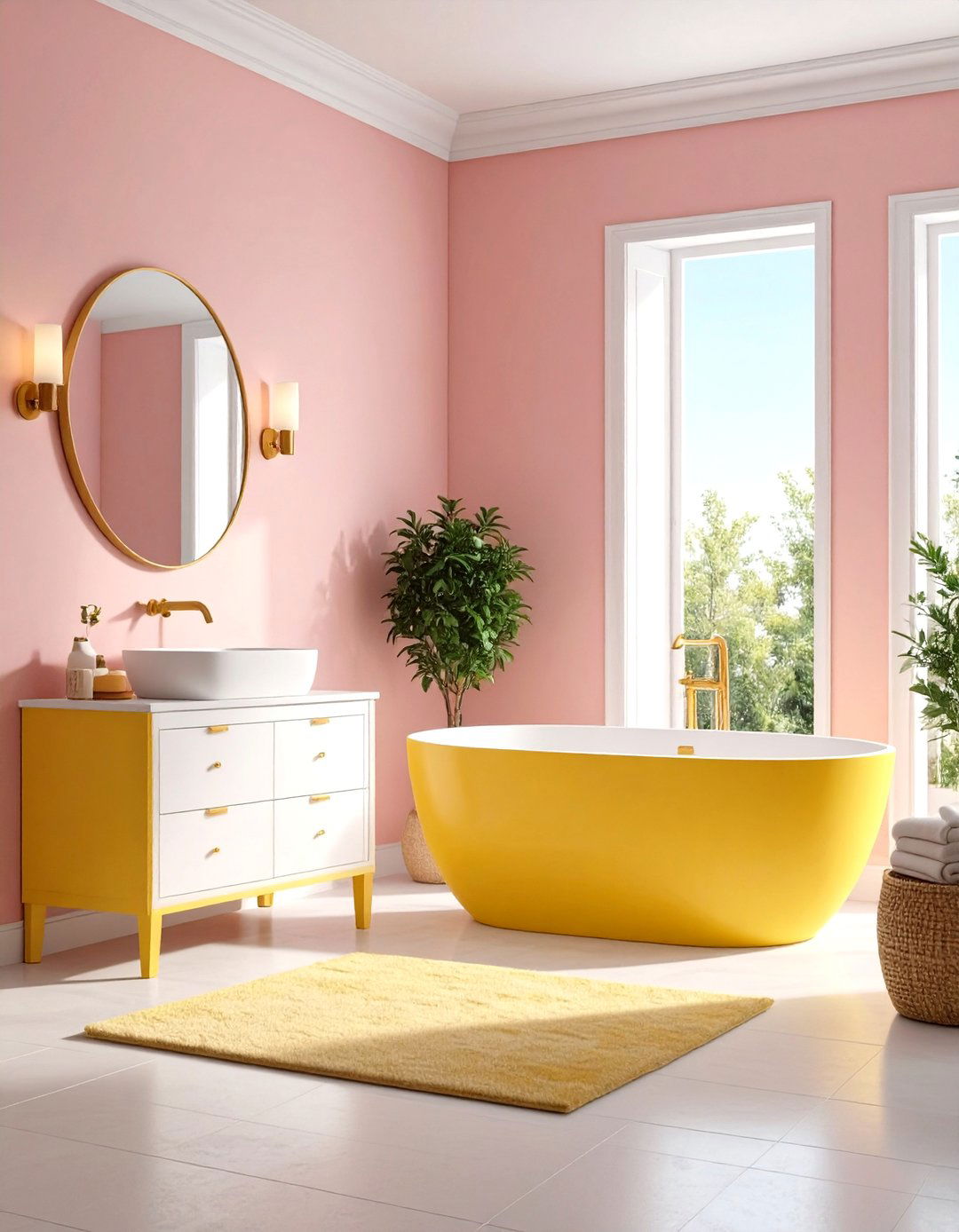
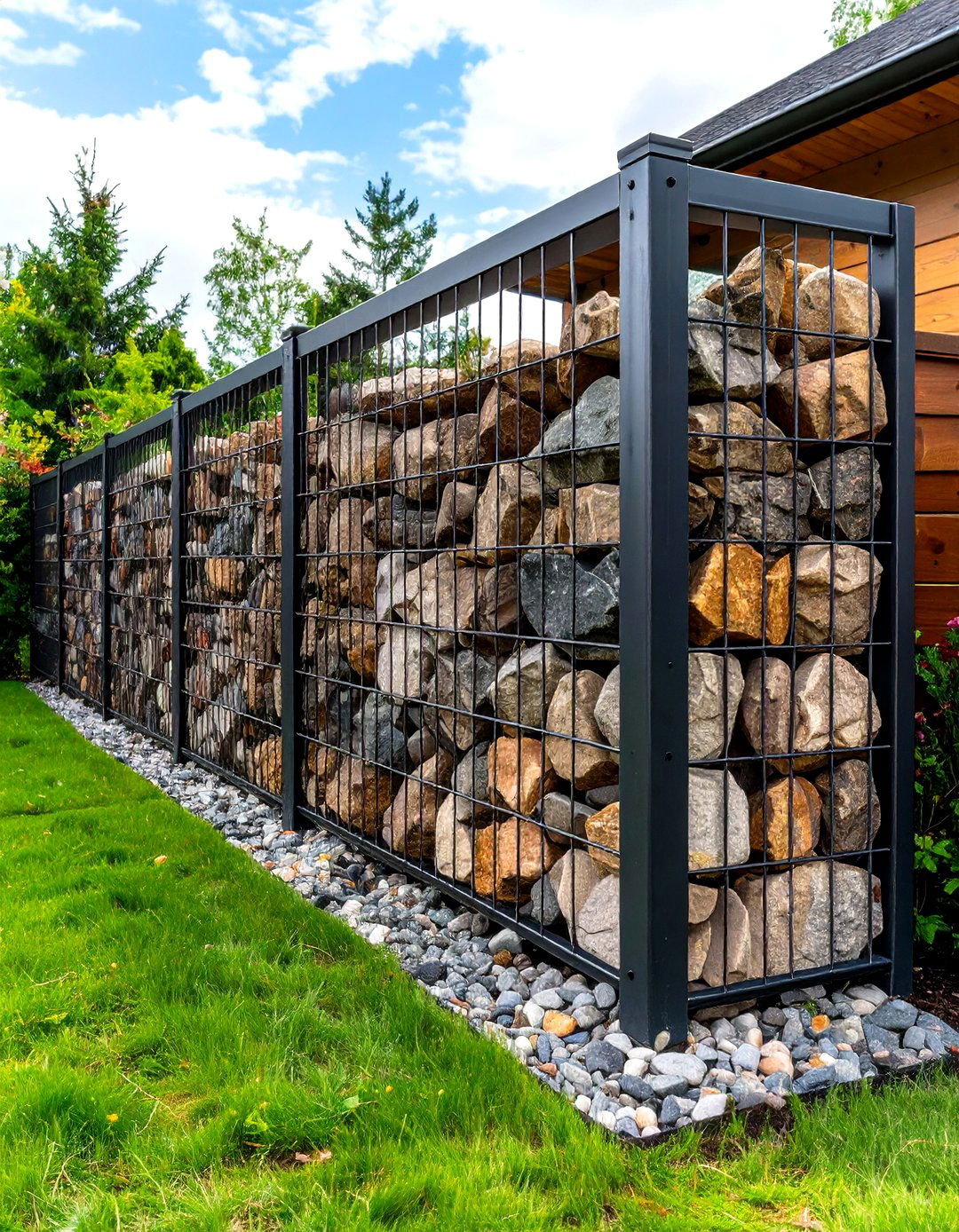
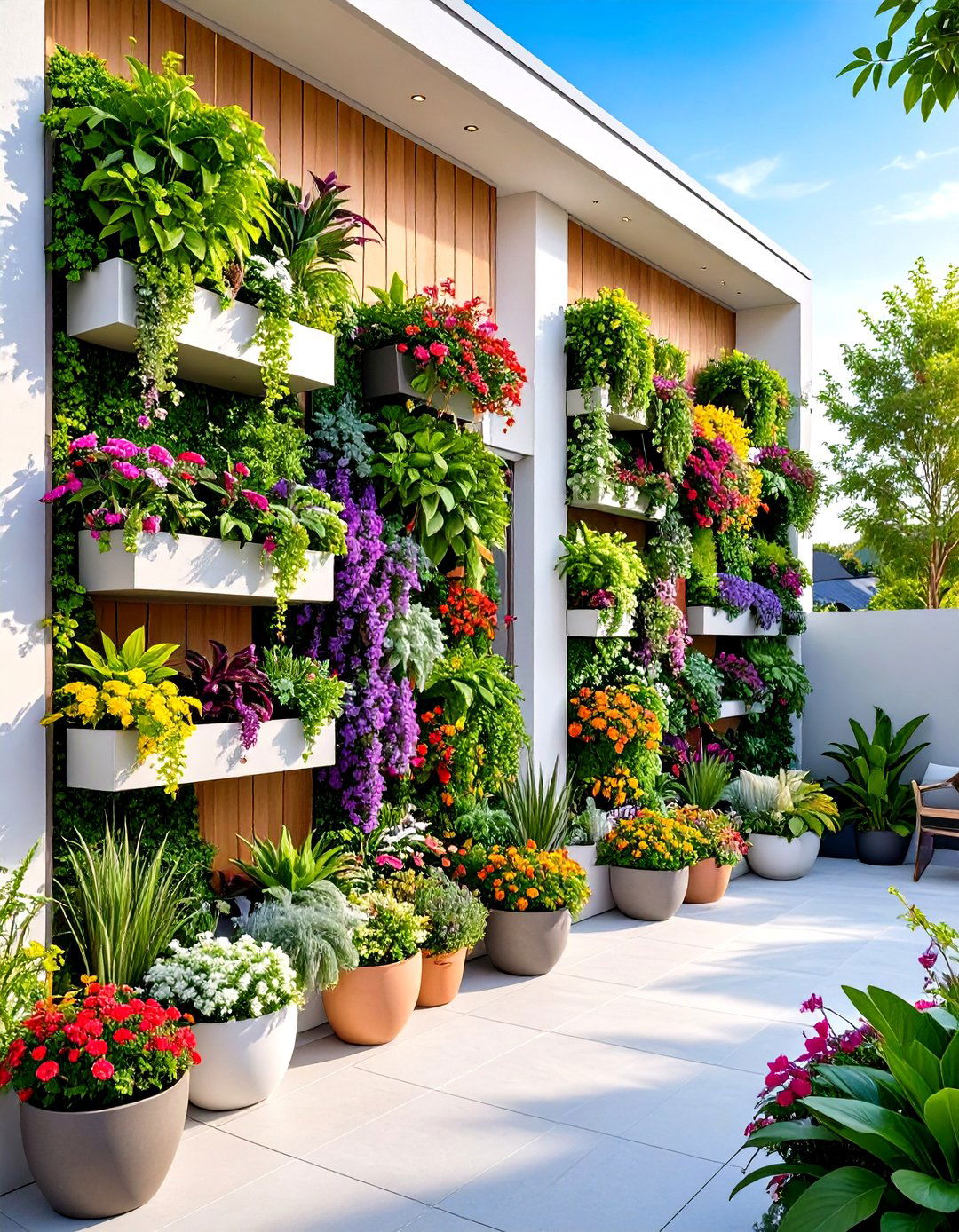
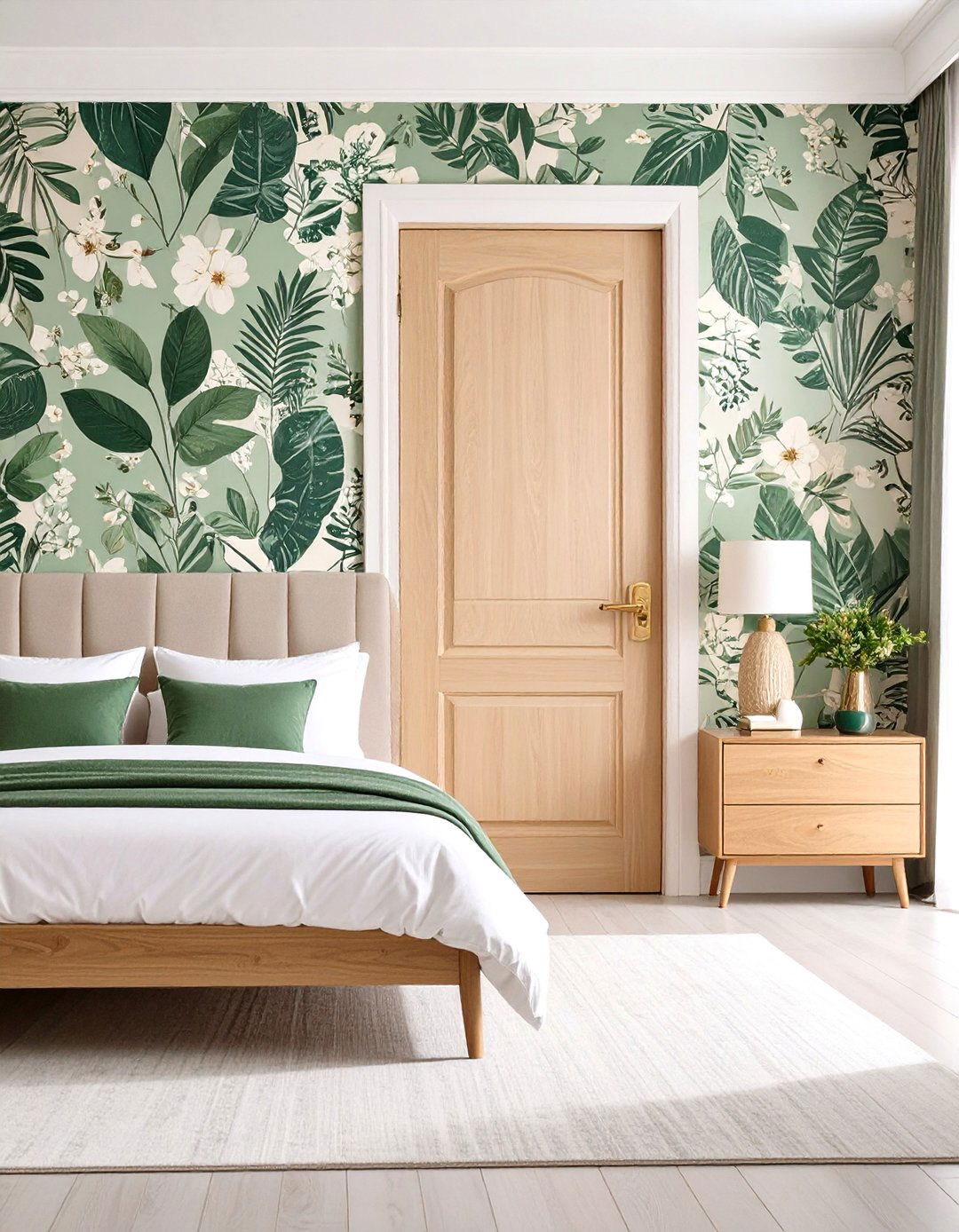
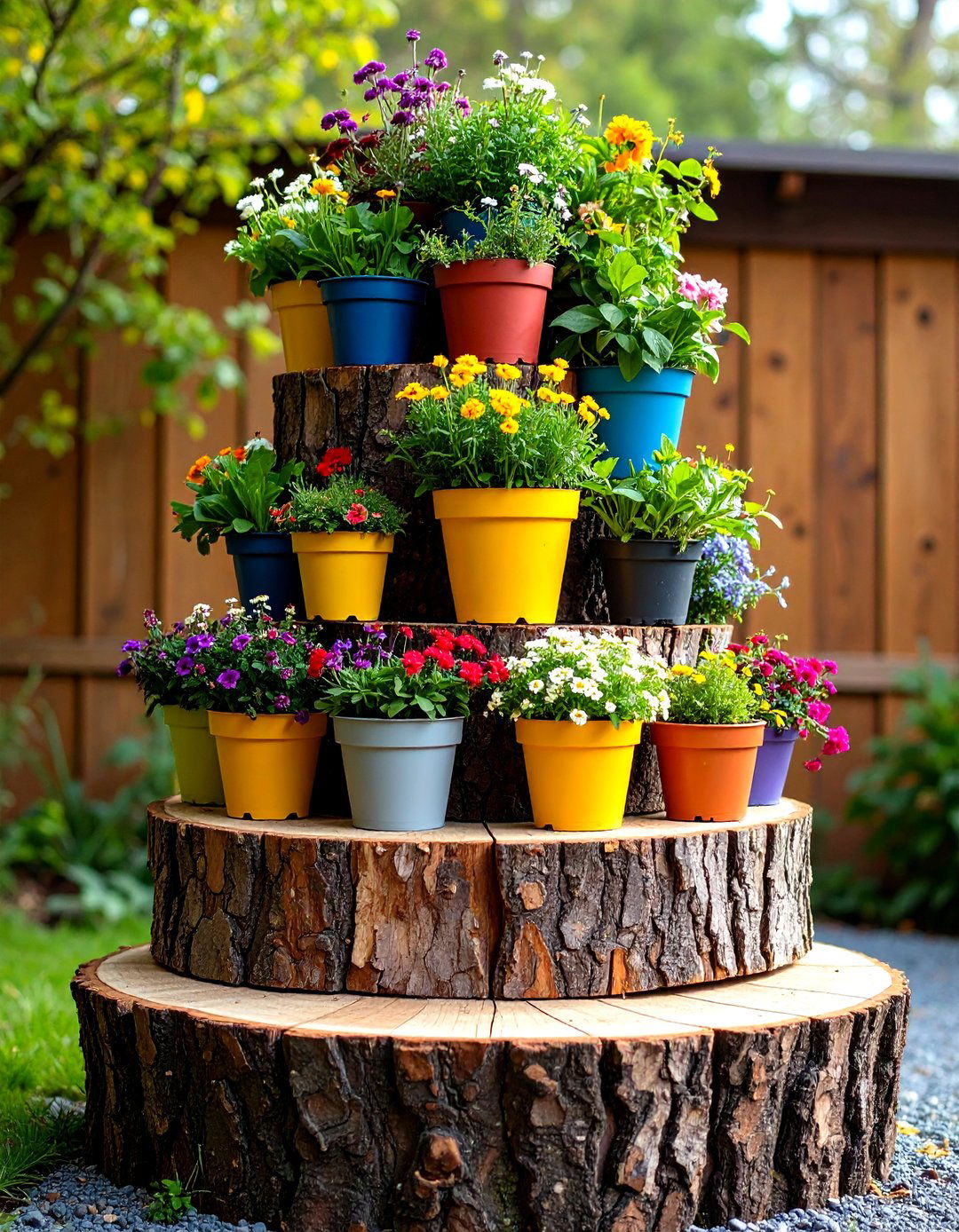

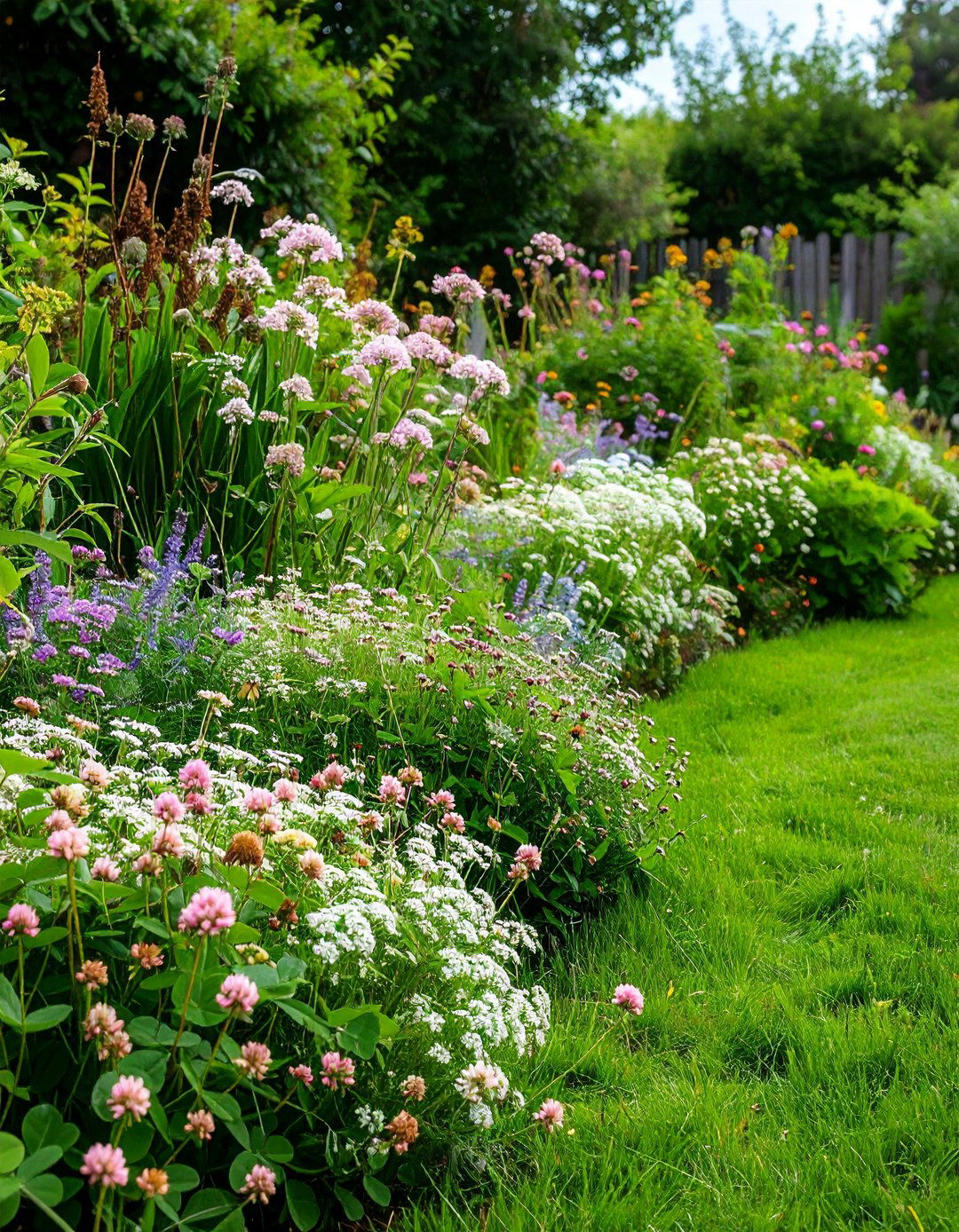
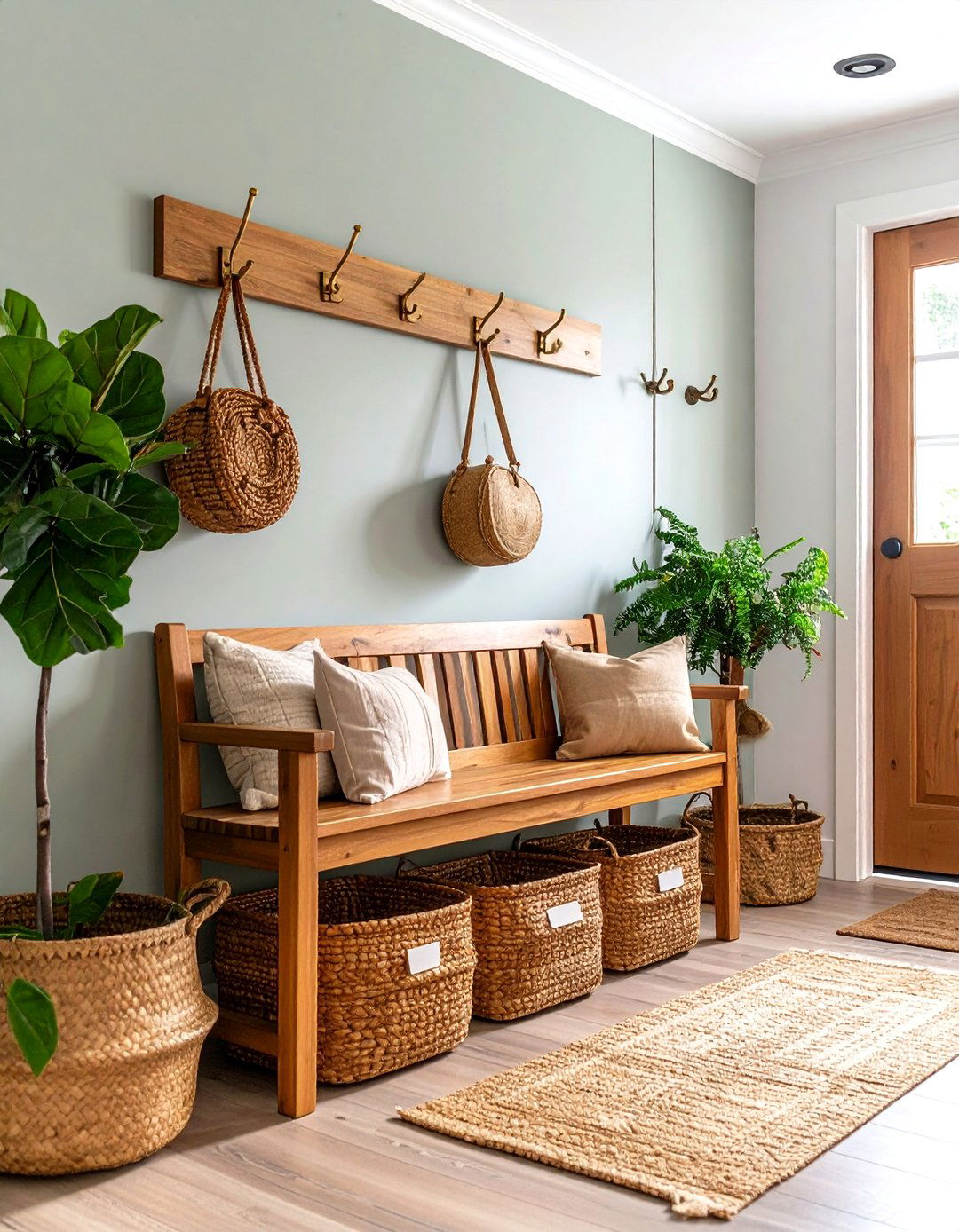
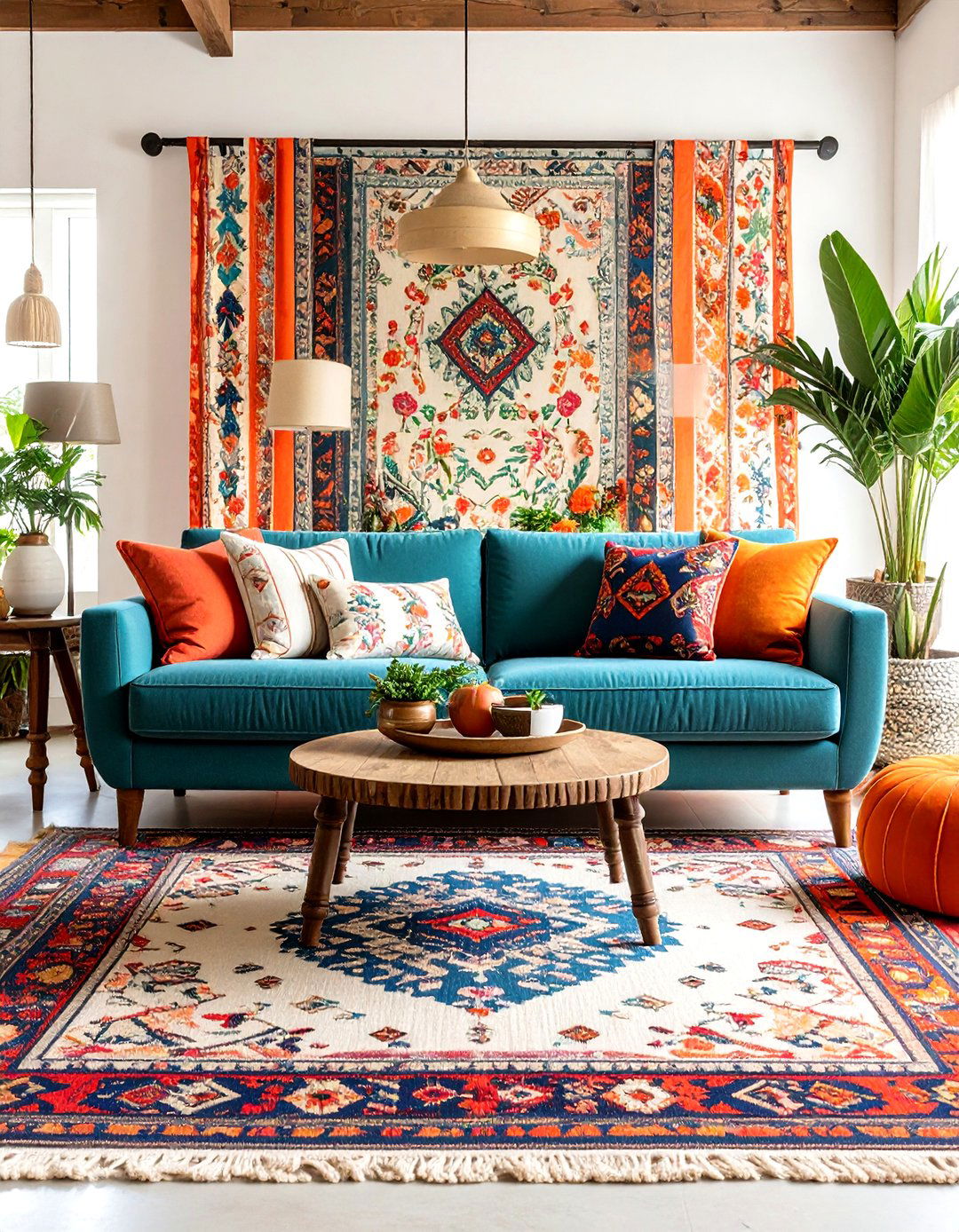
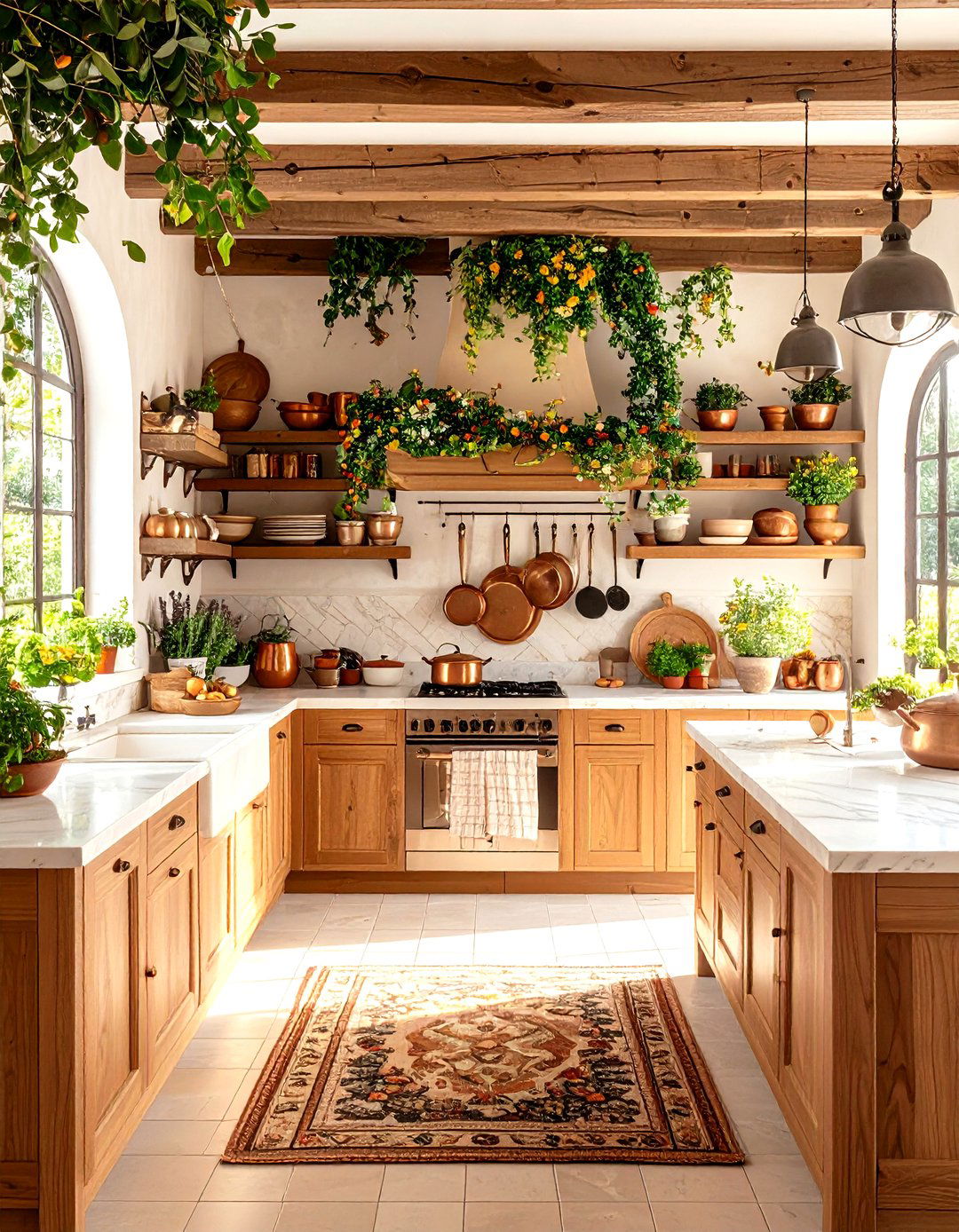


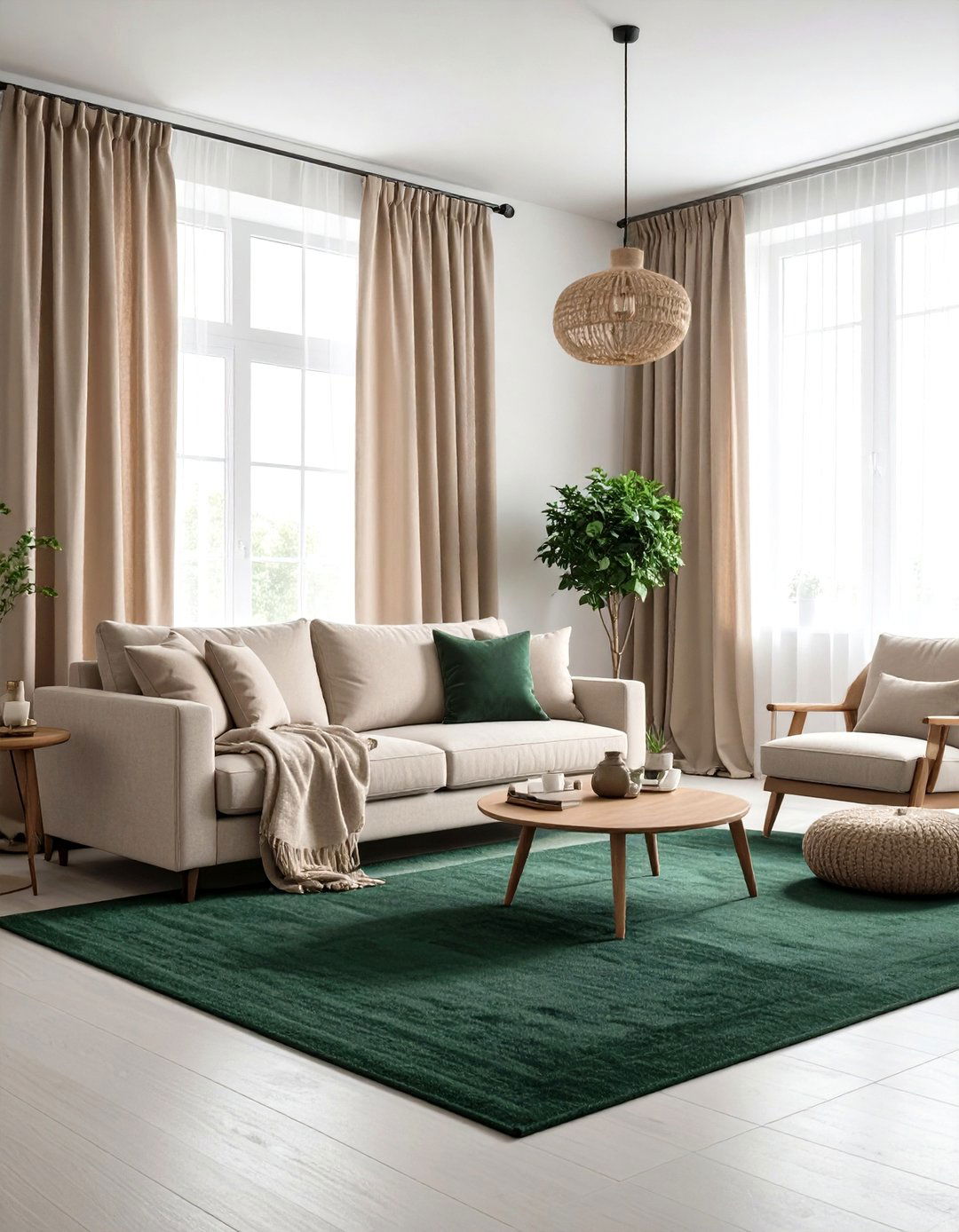
Leave a Reply